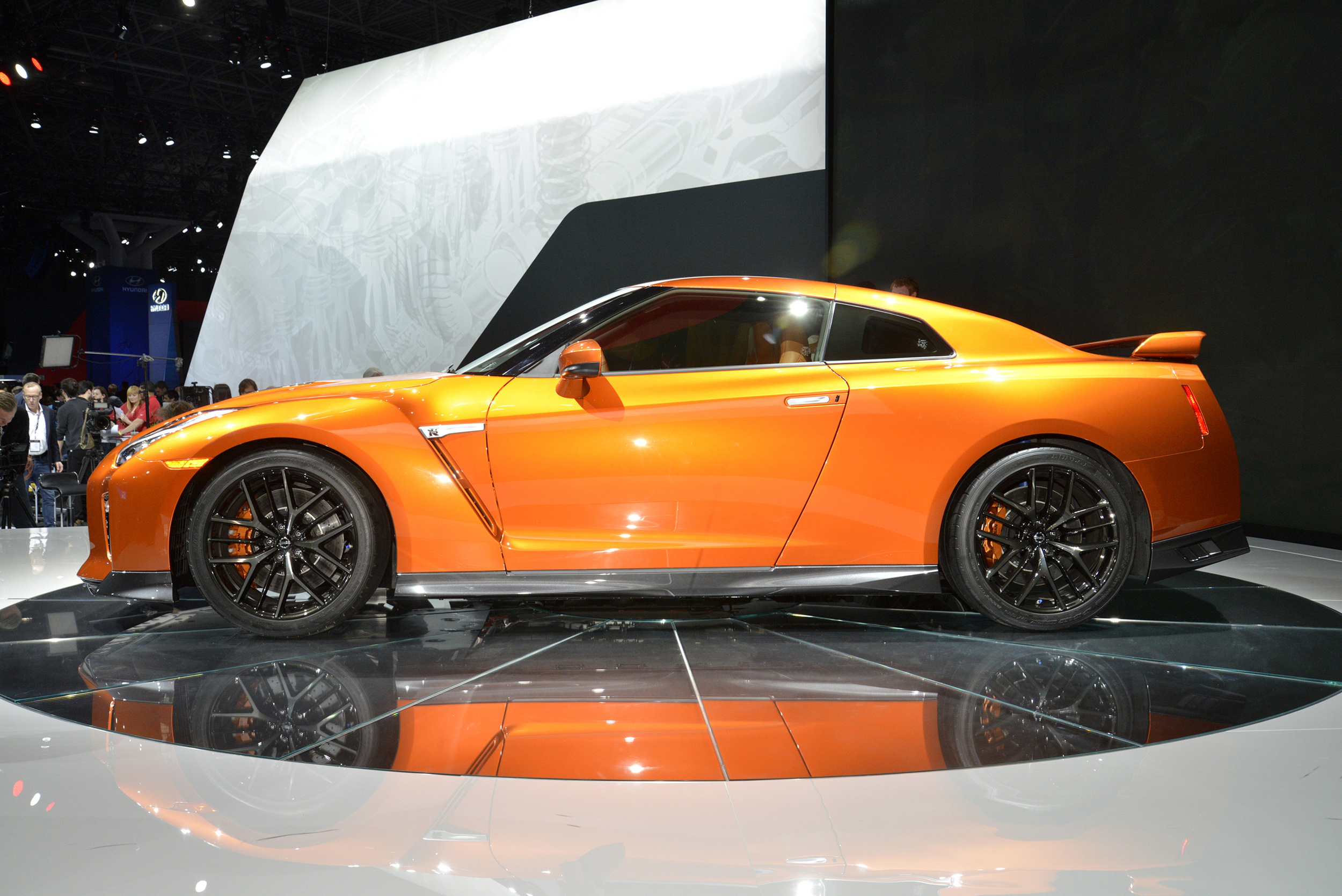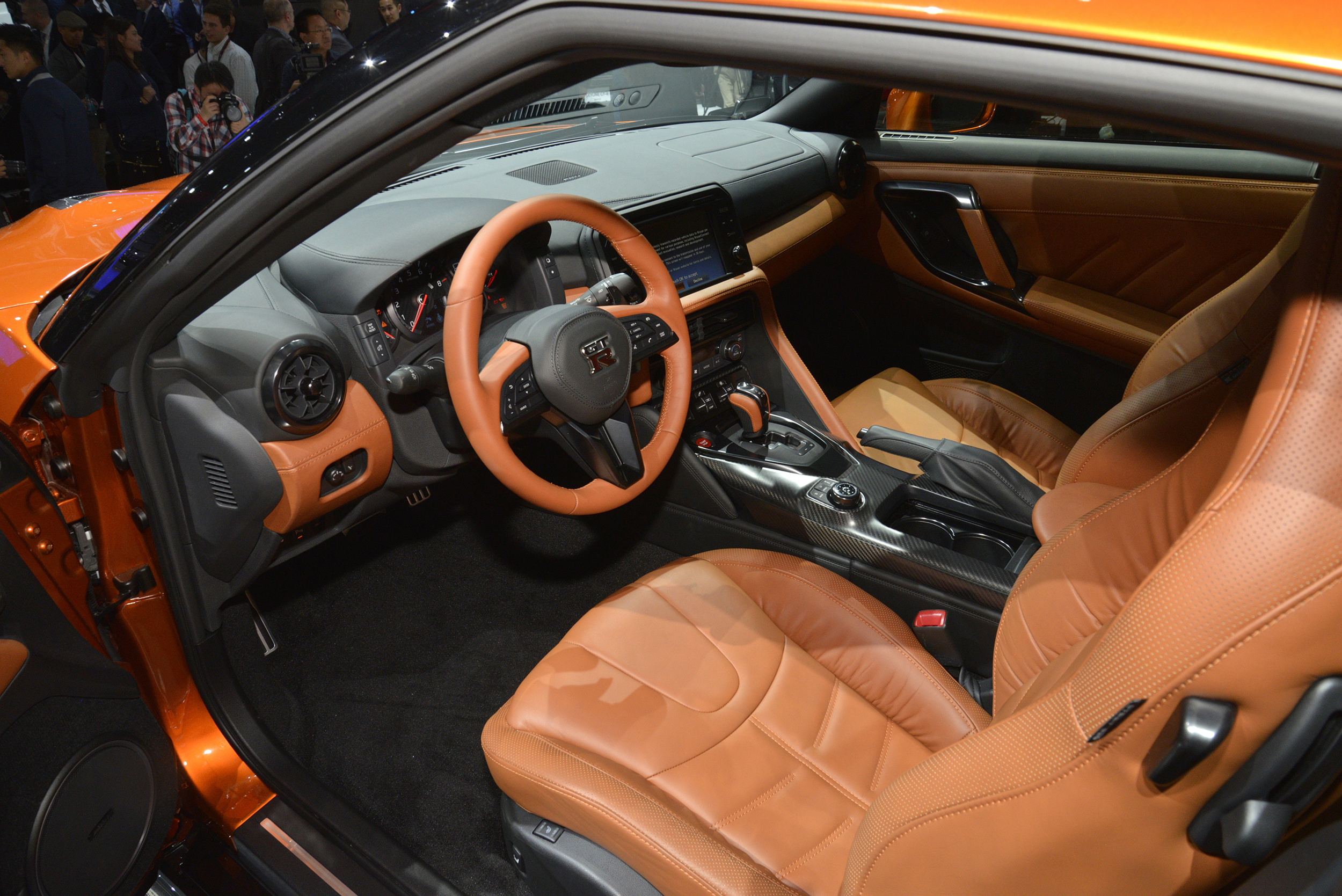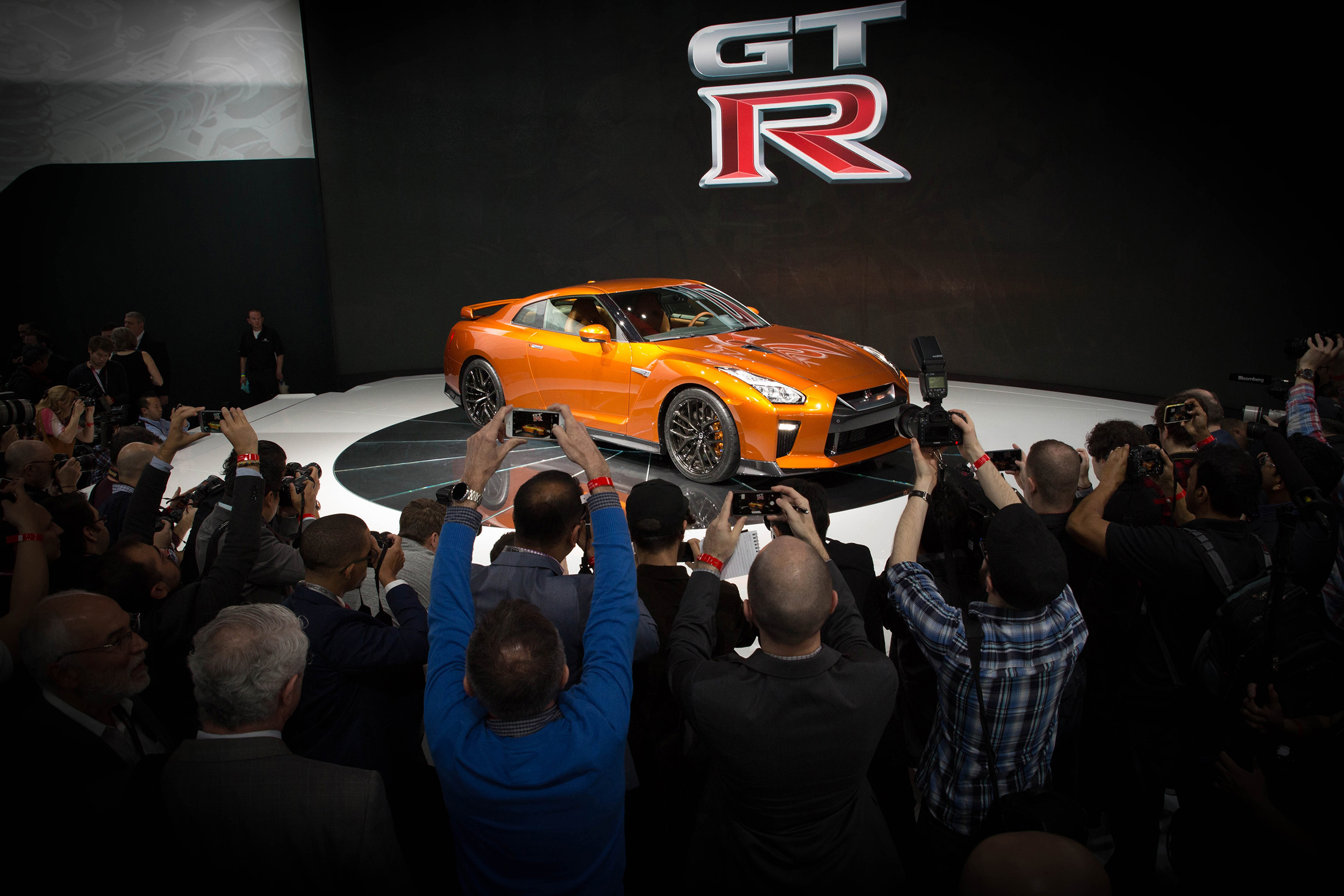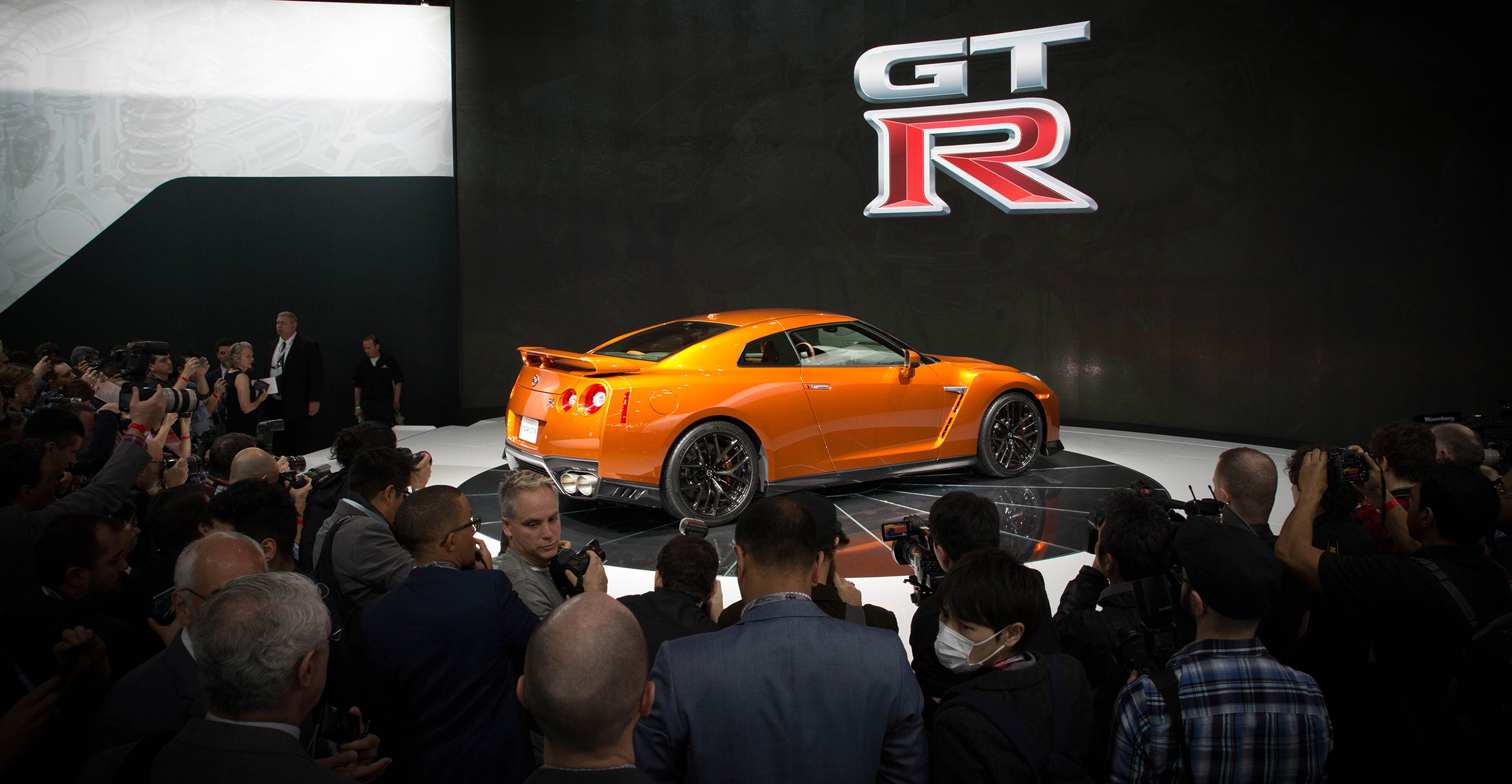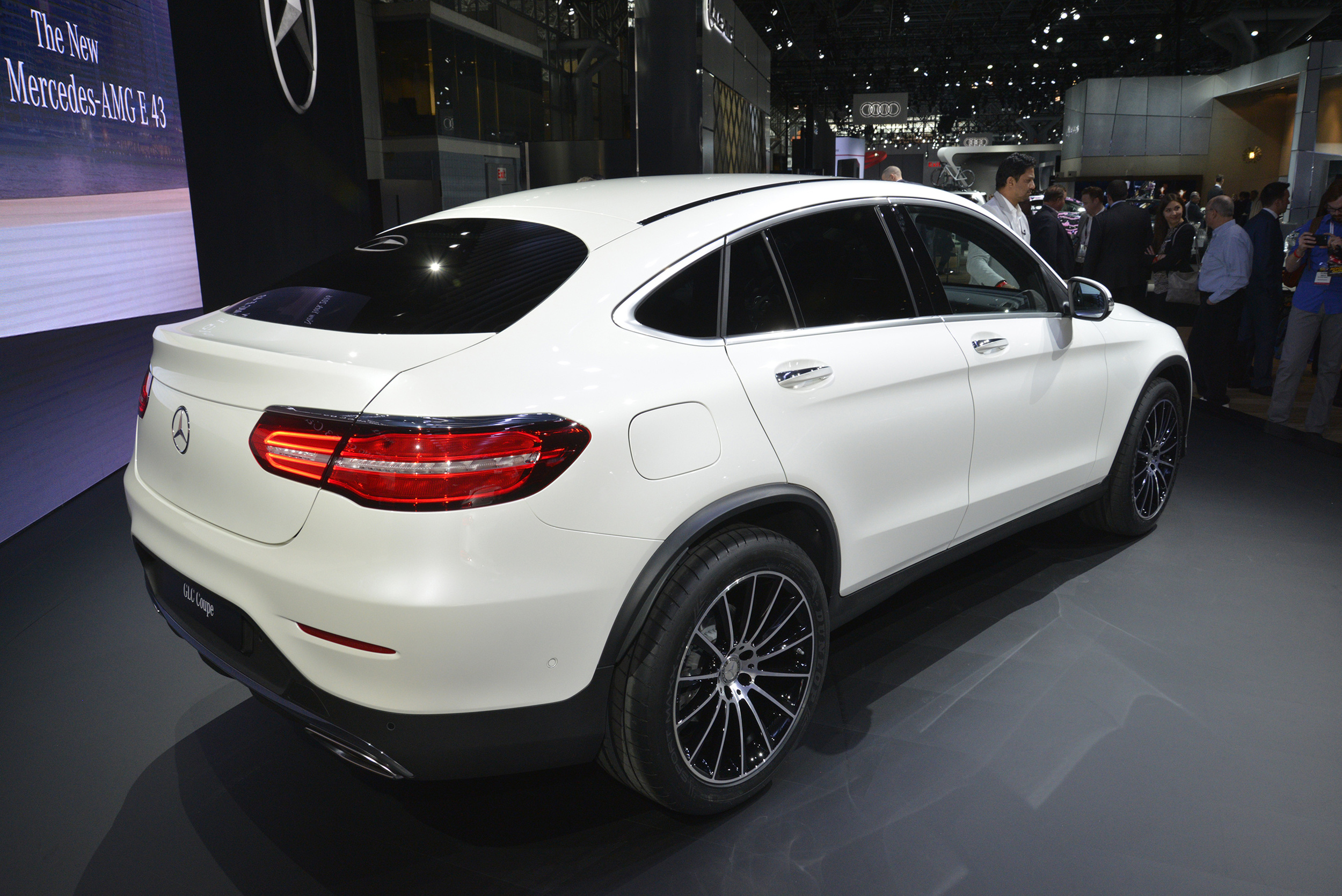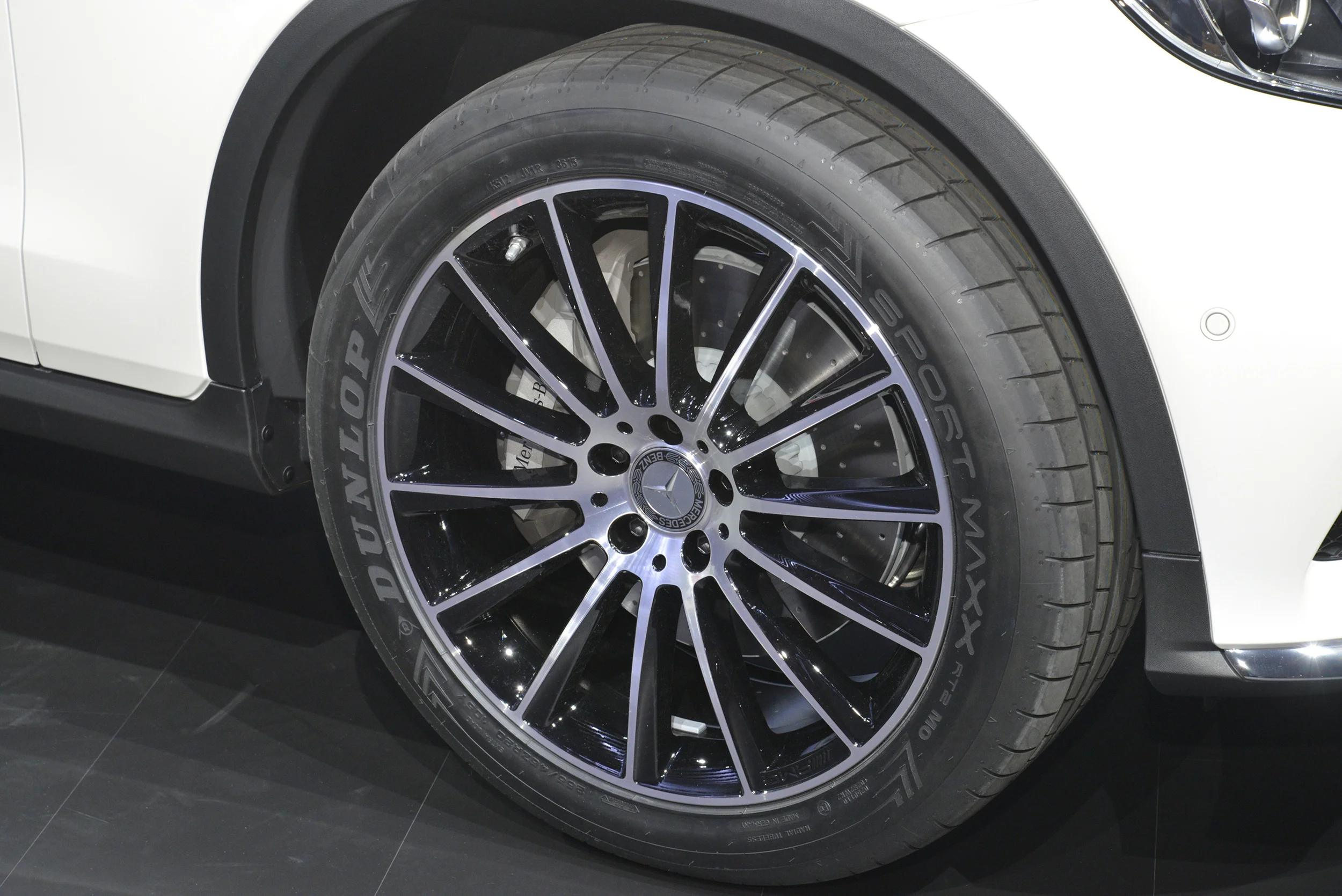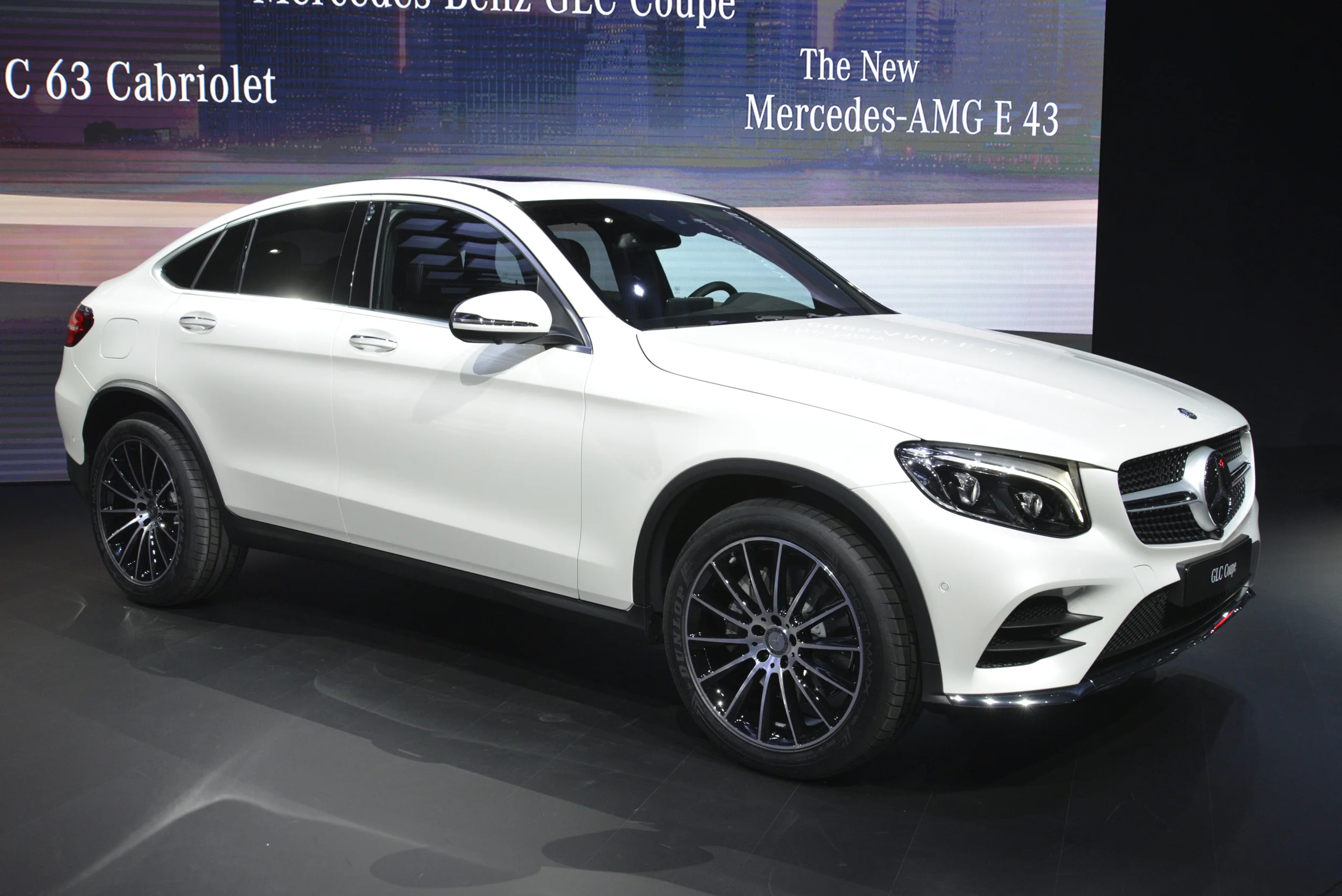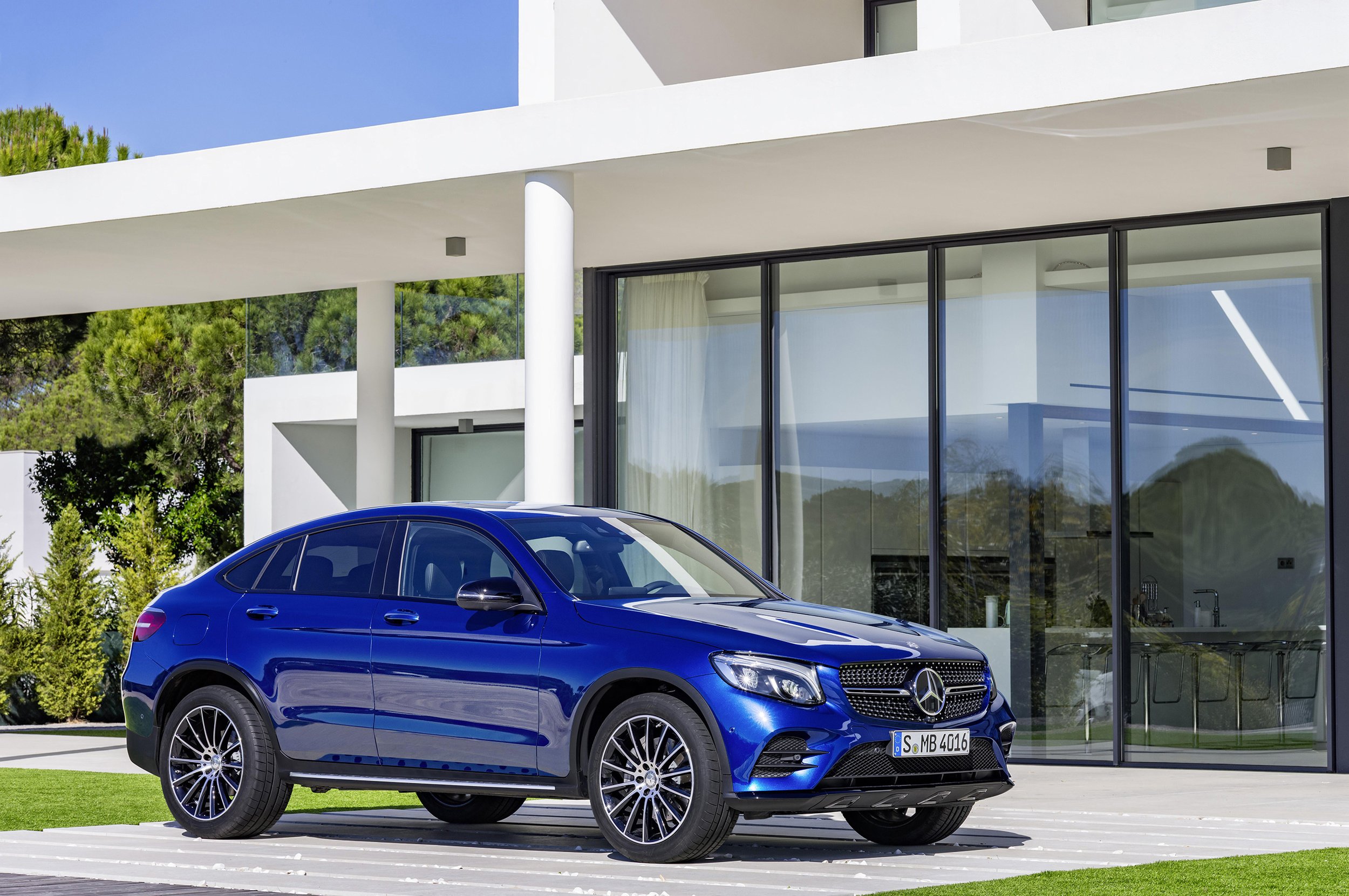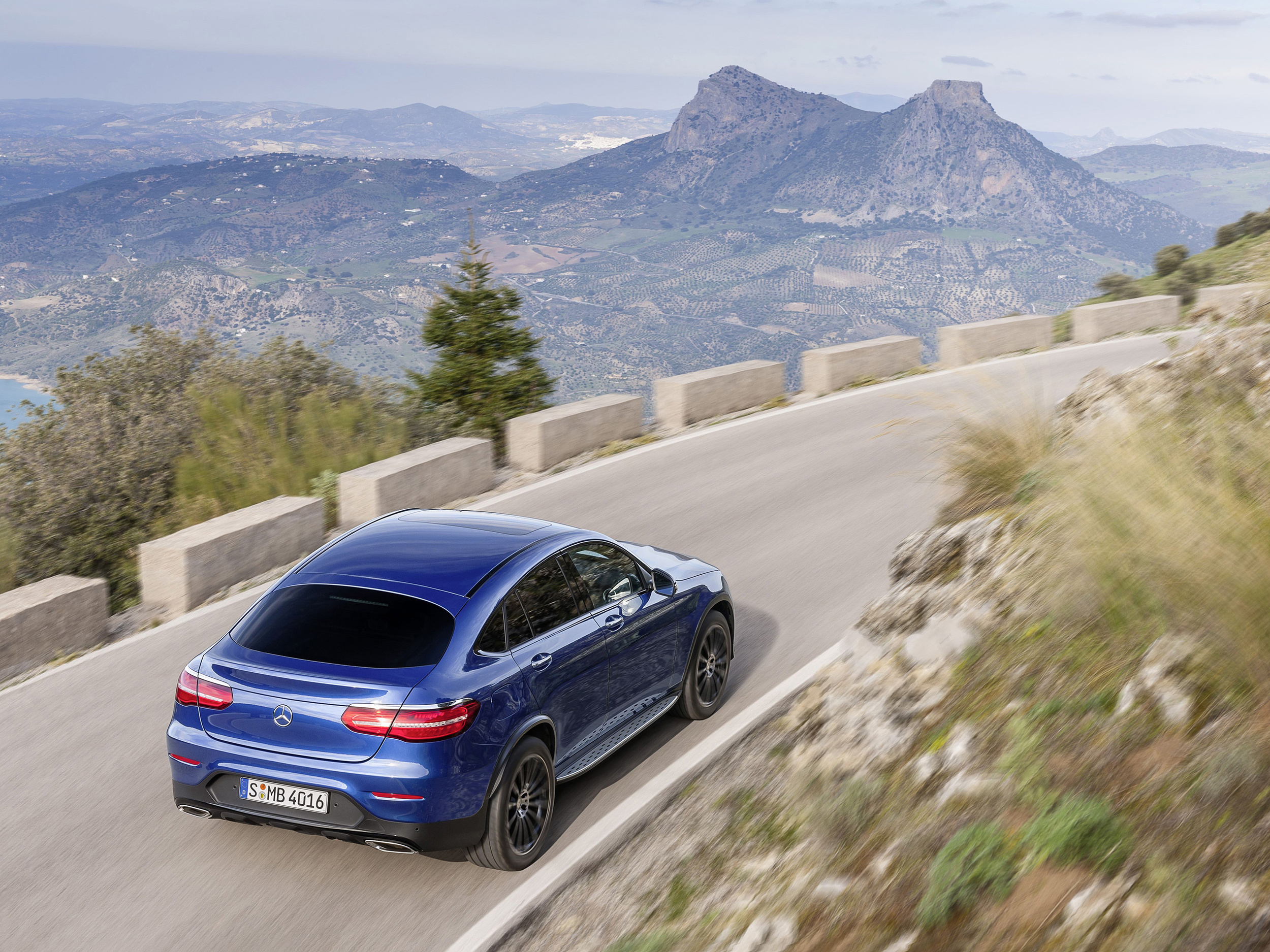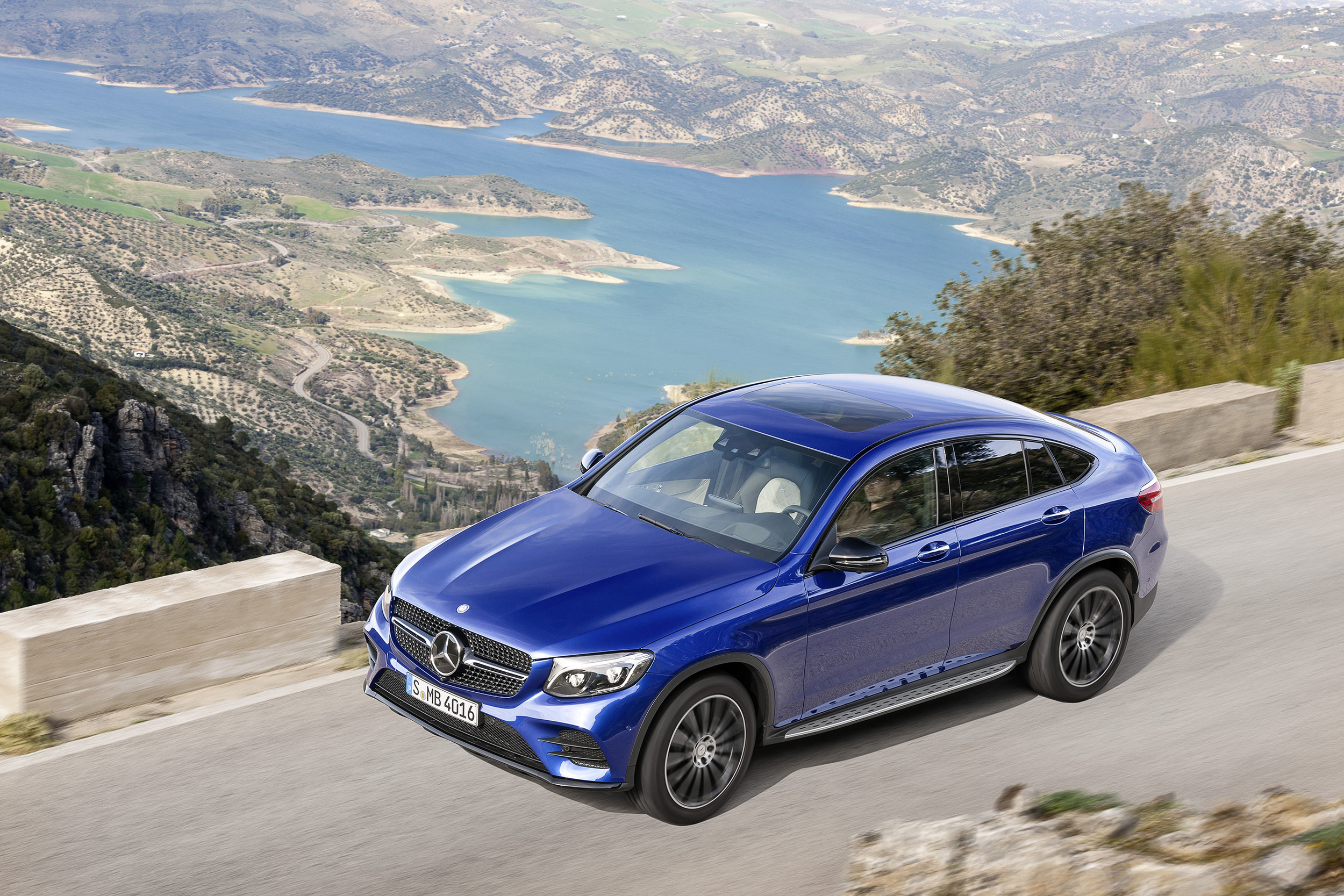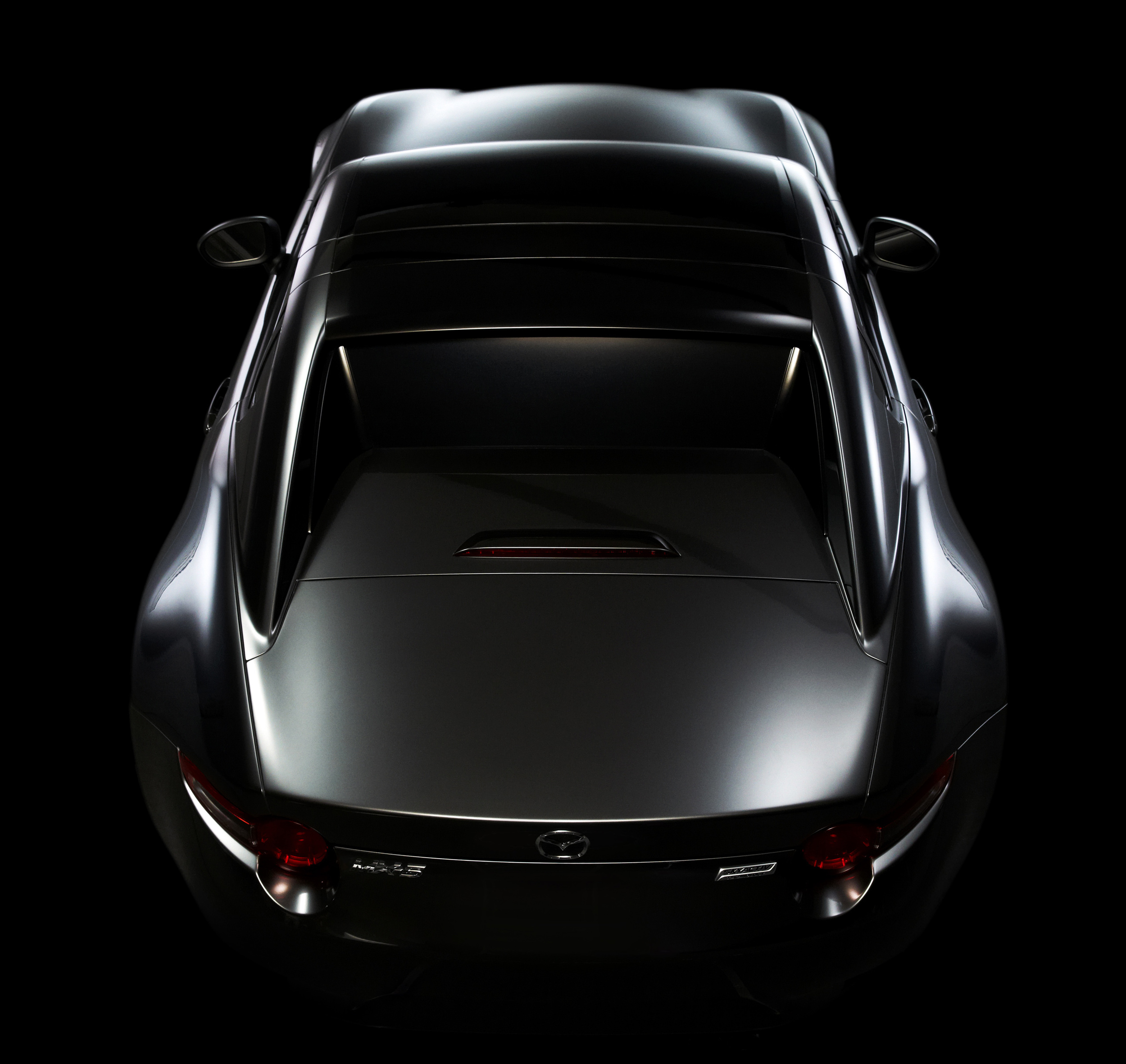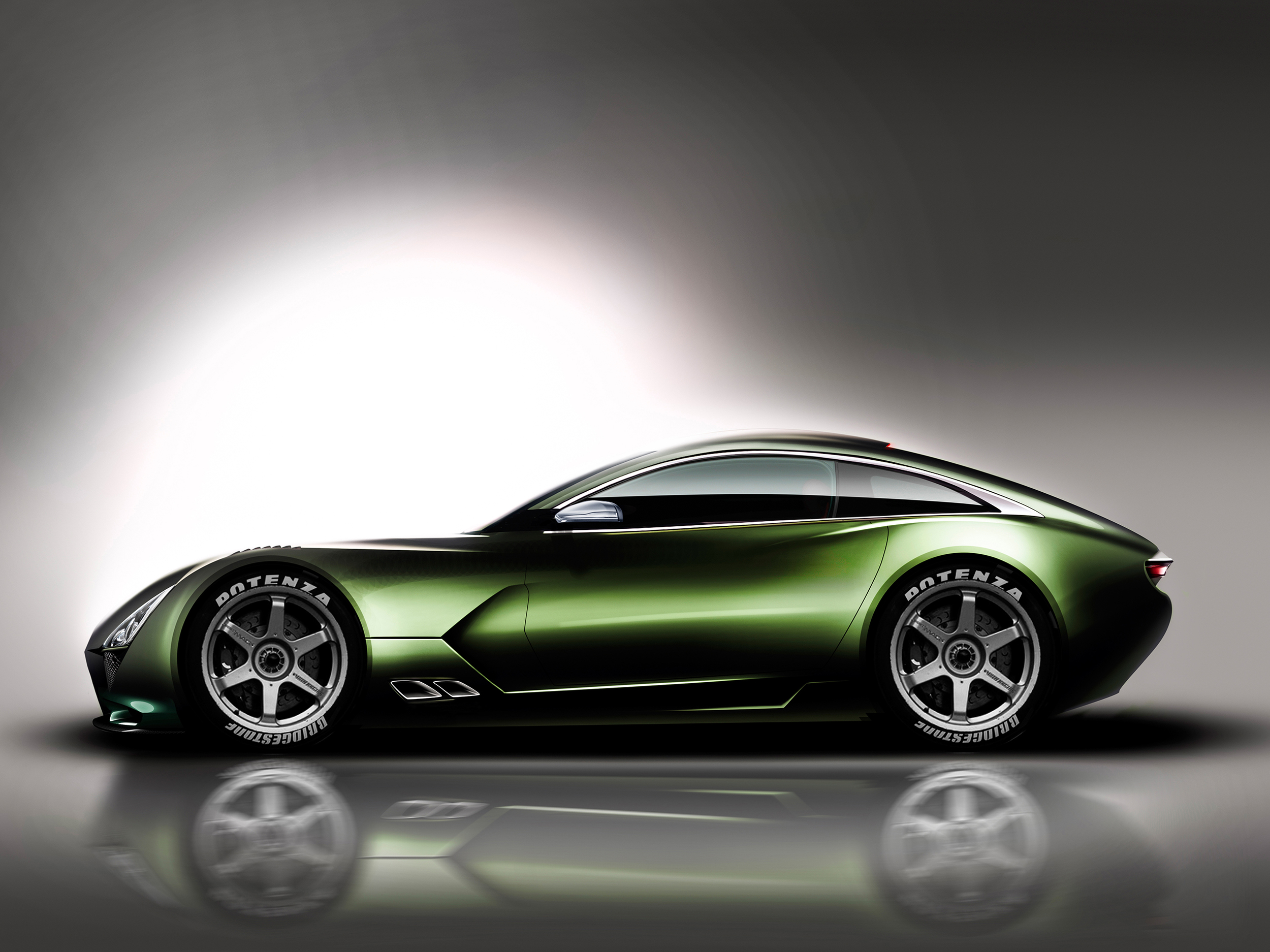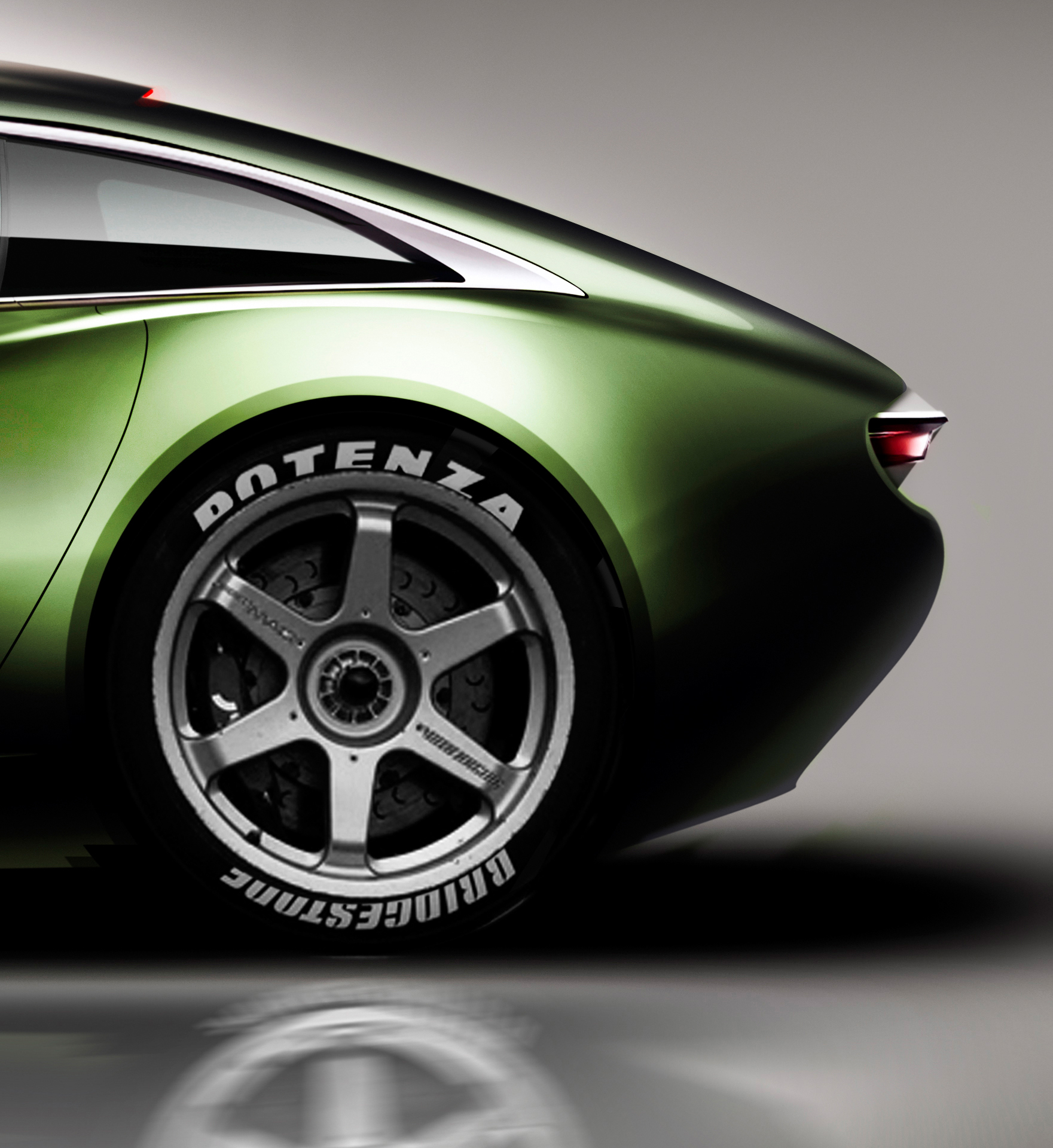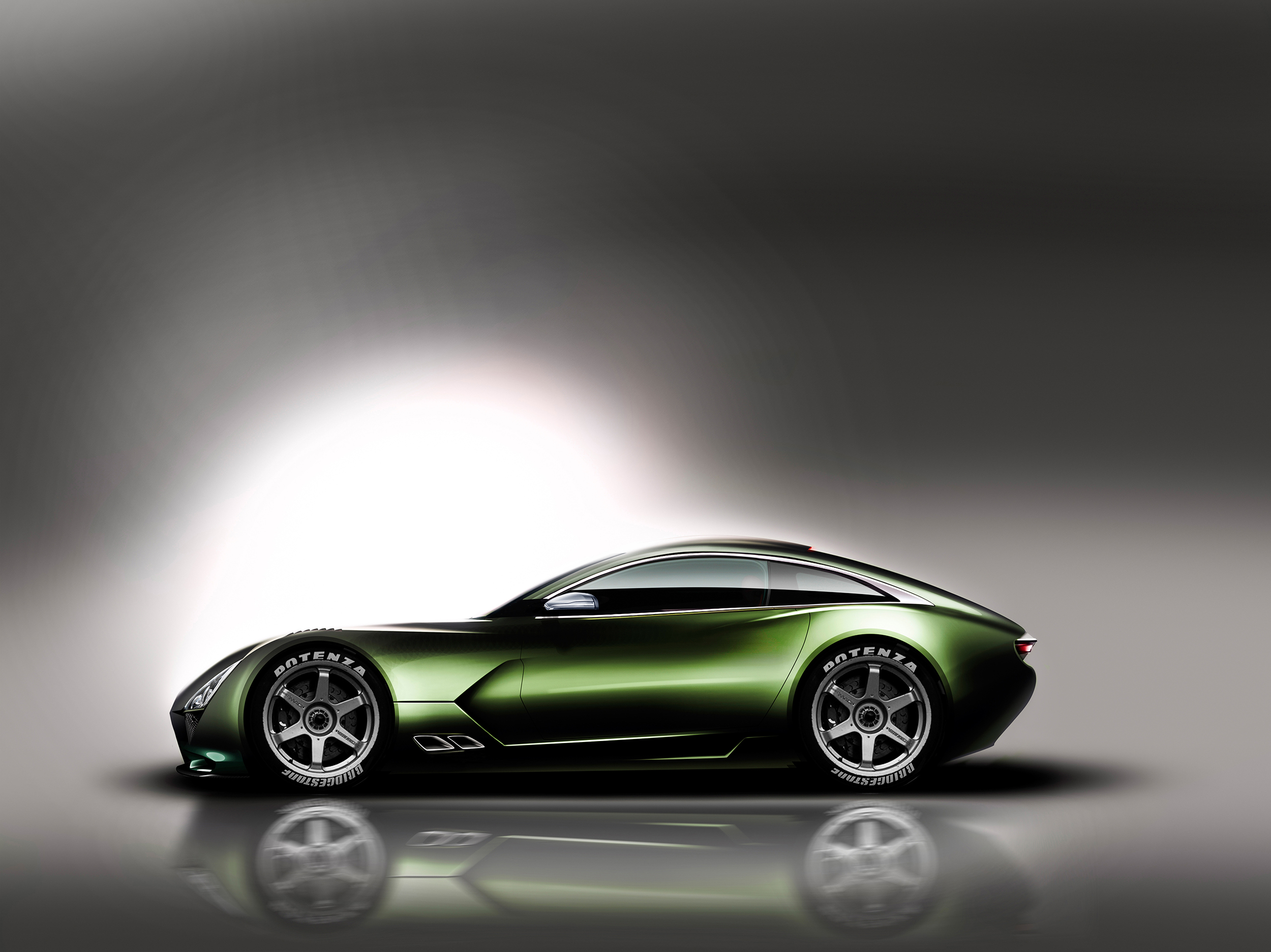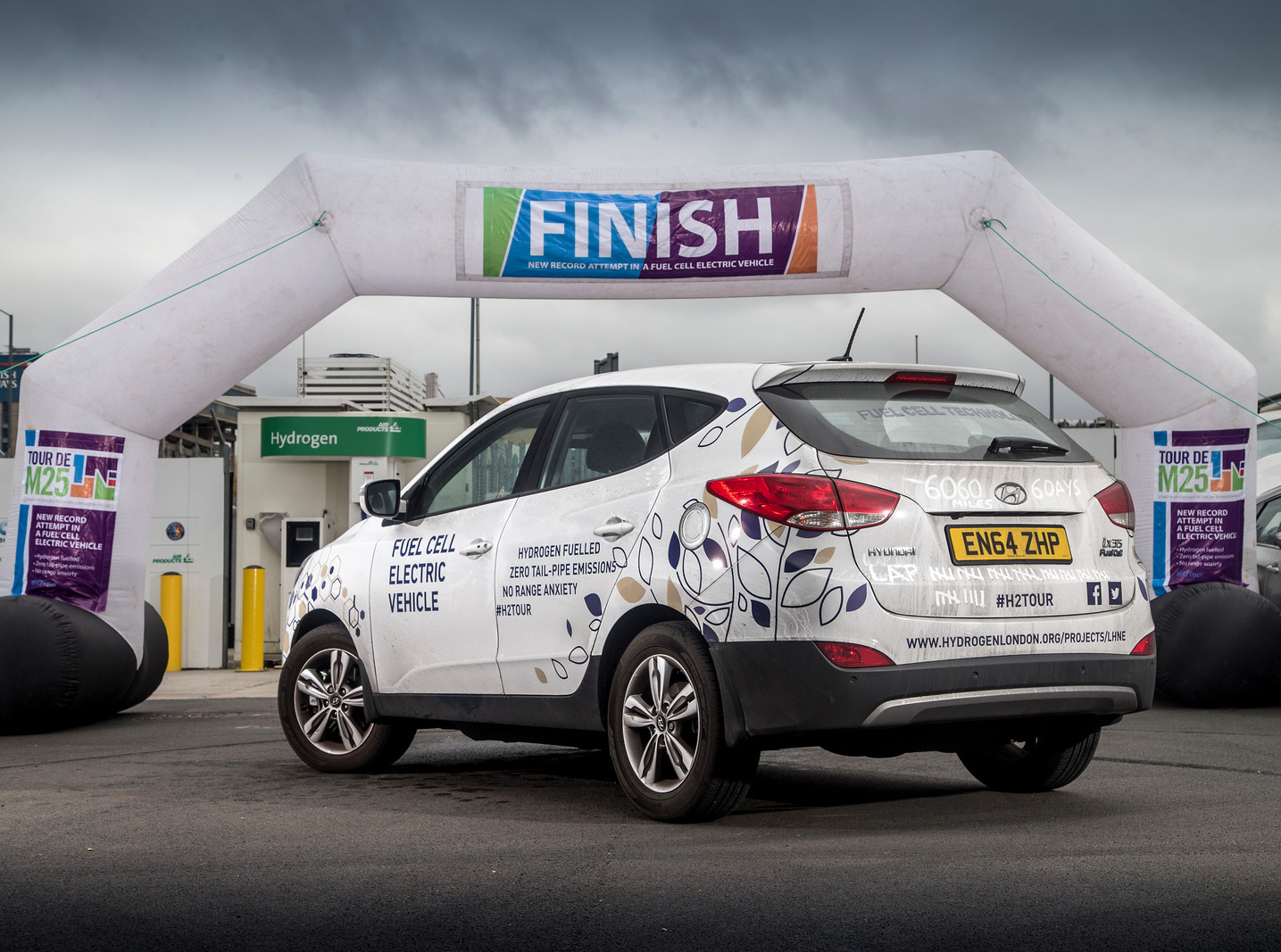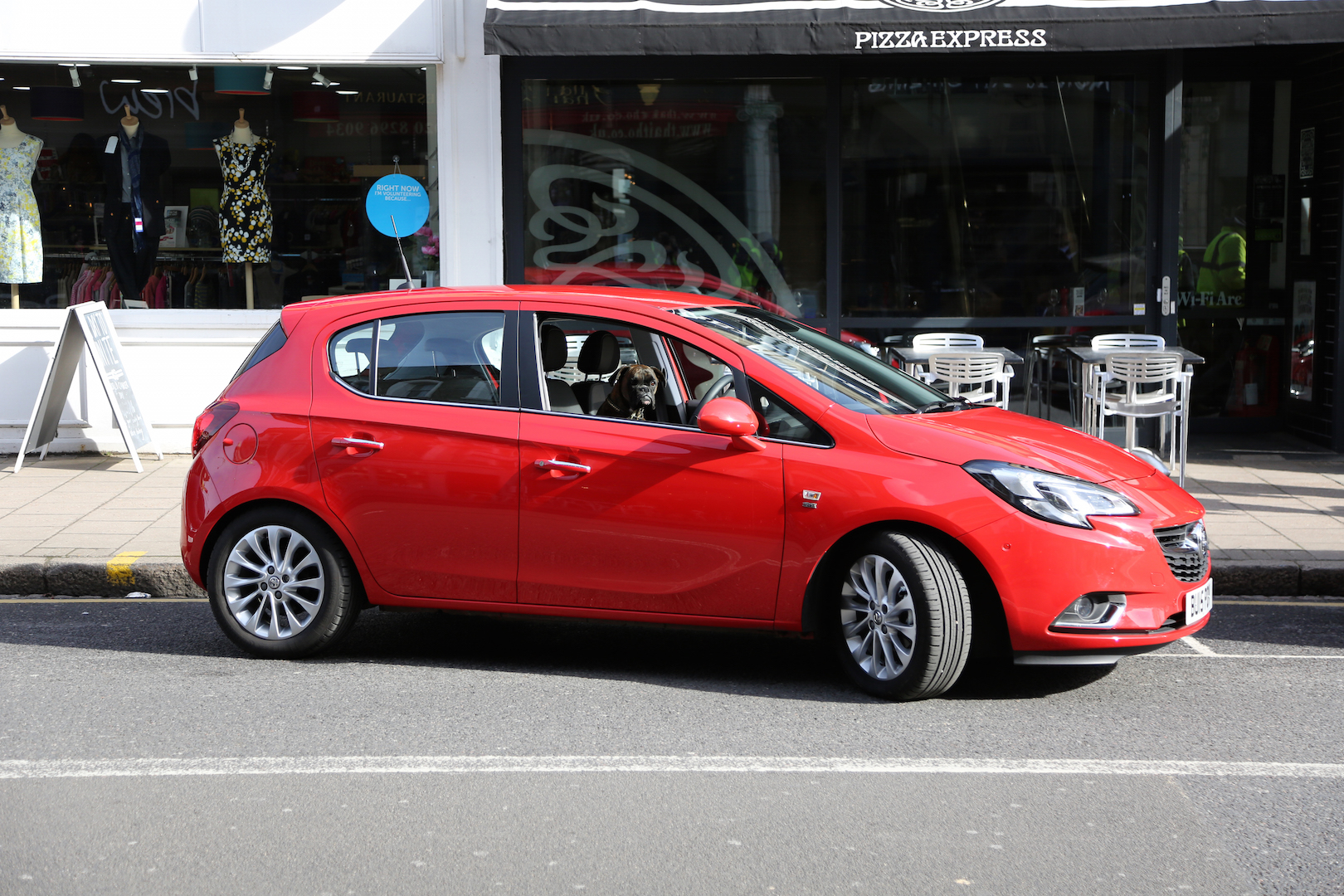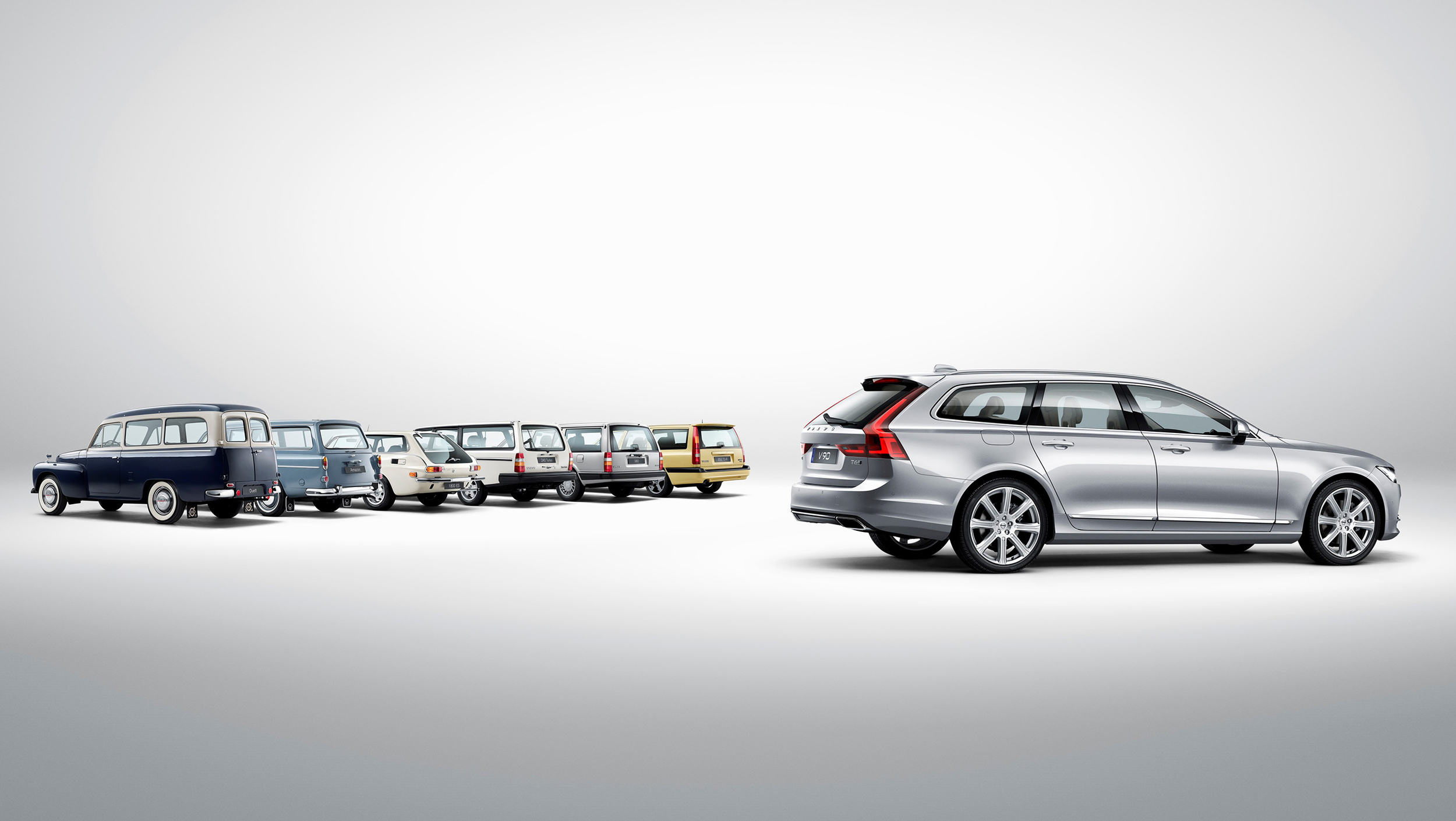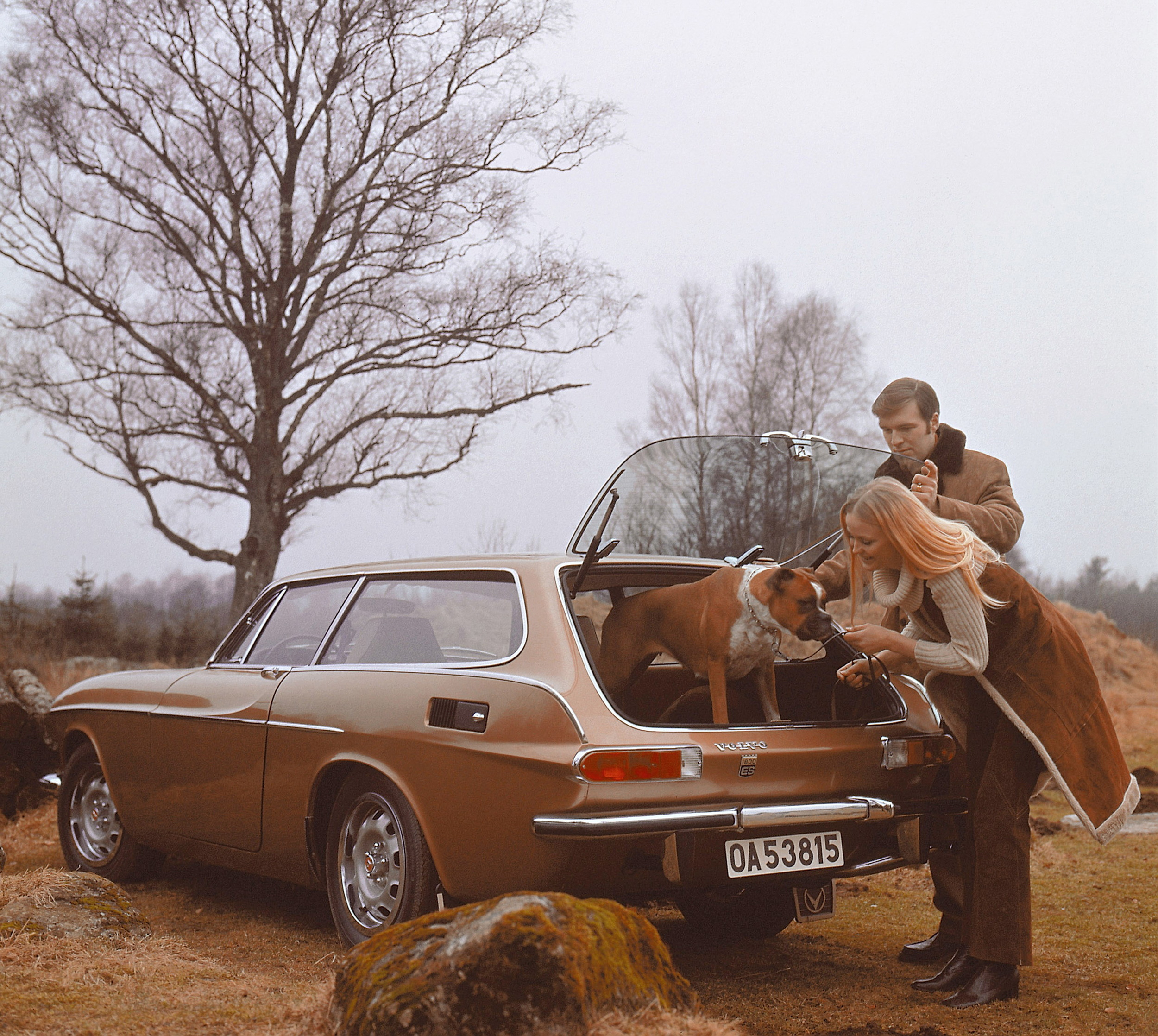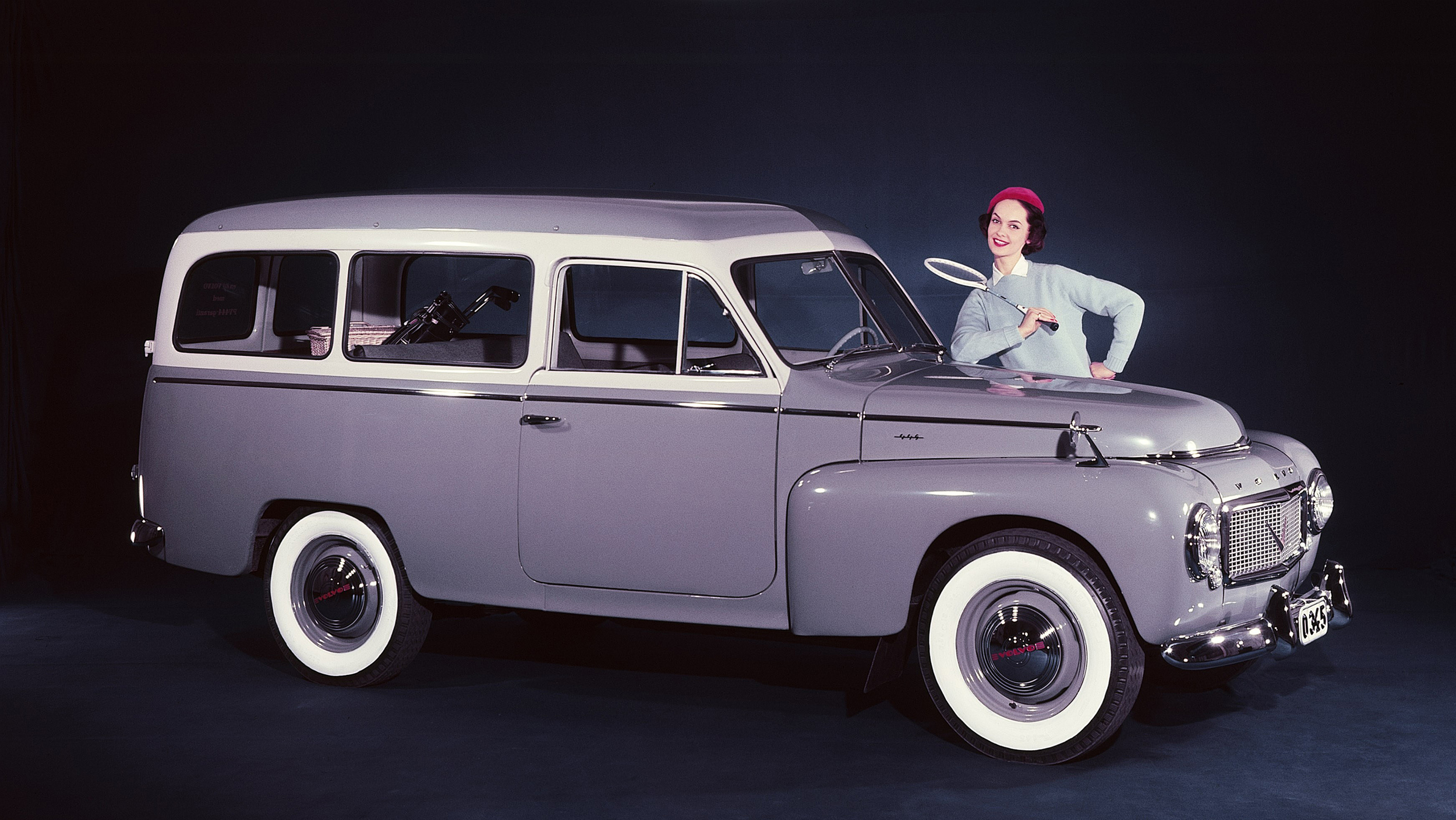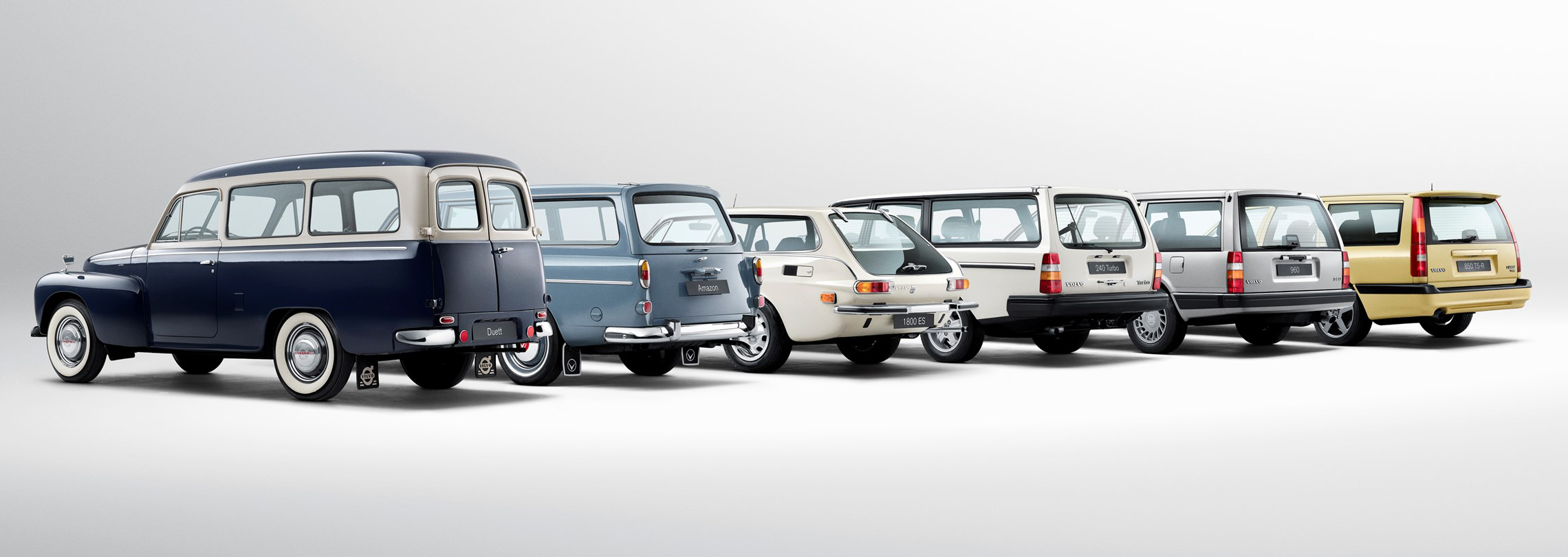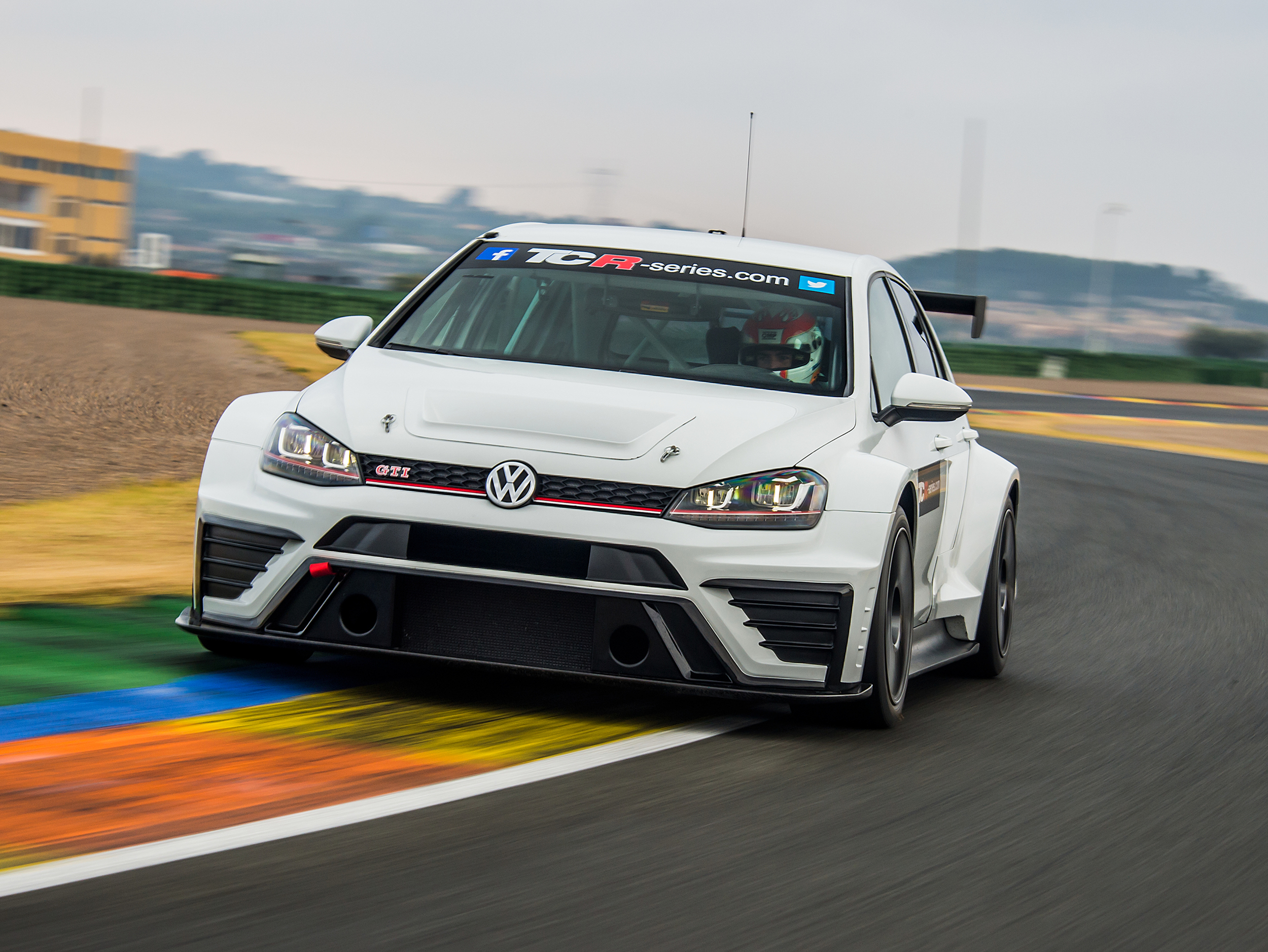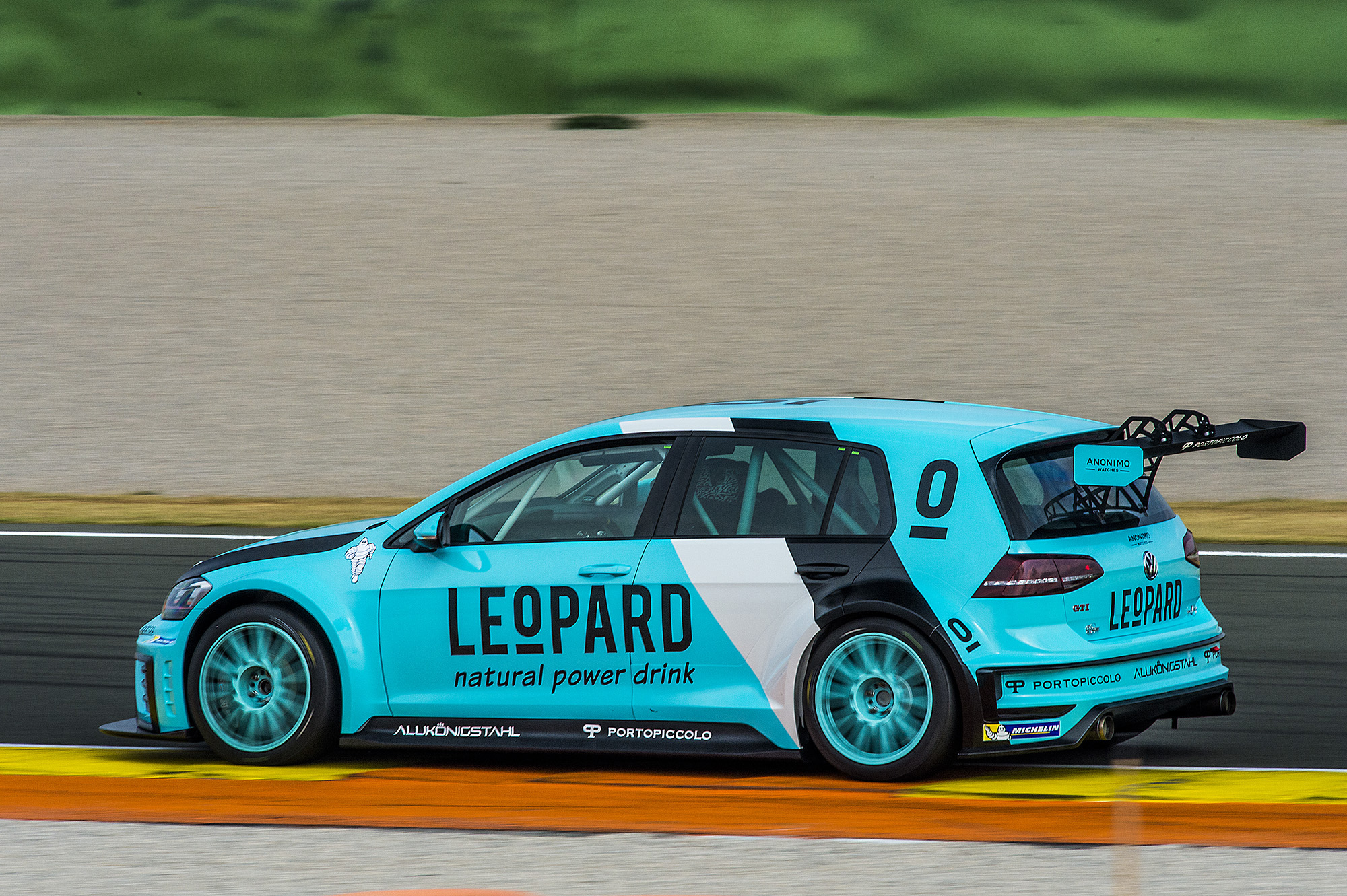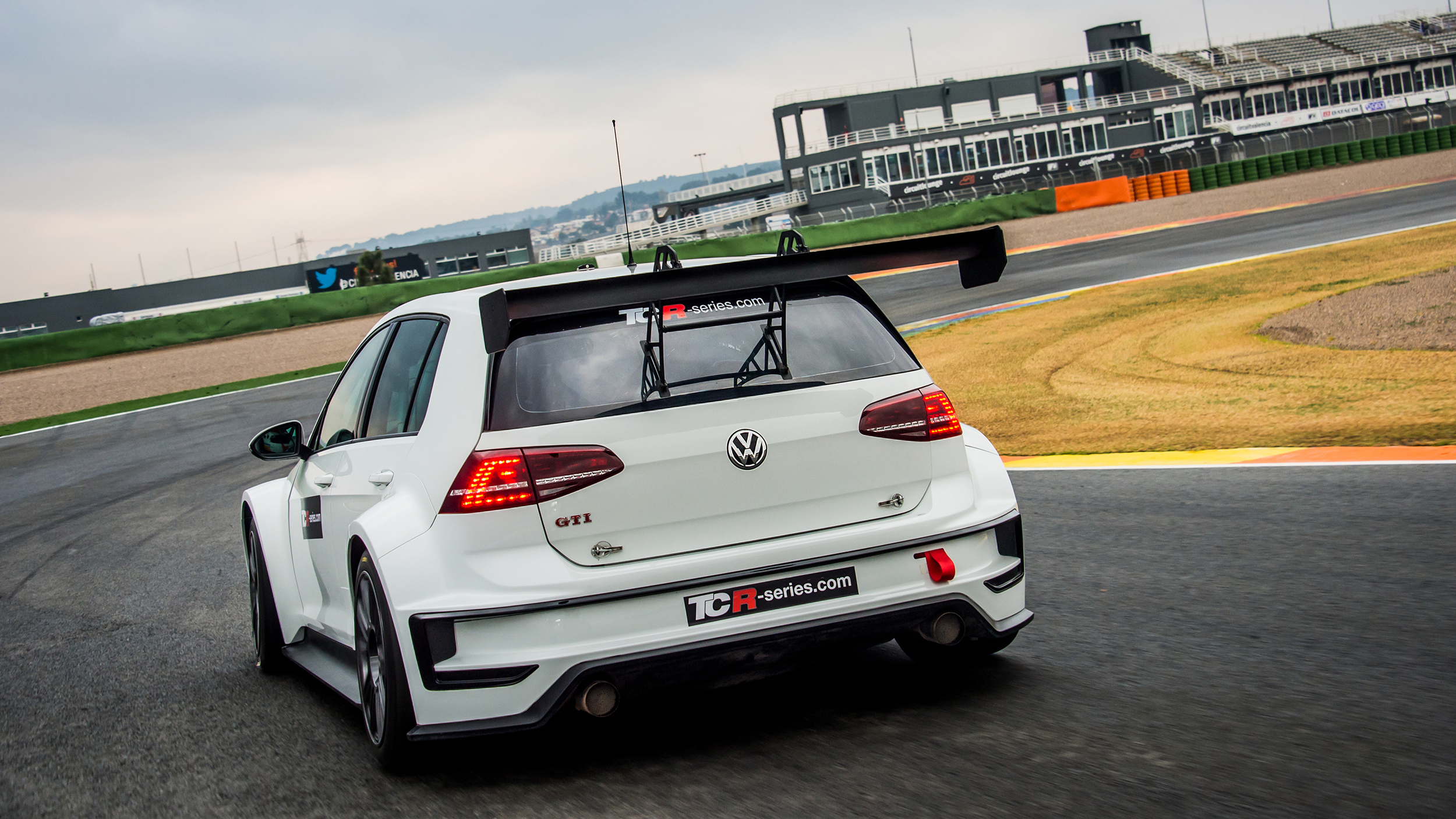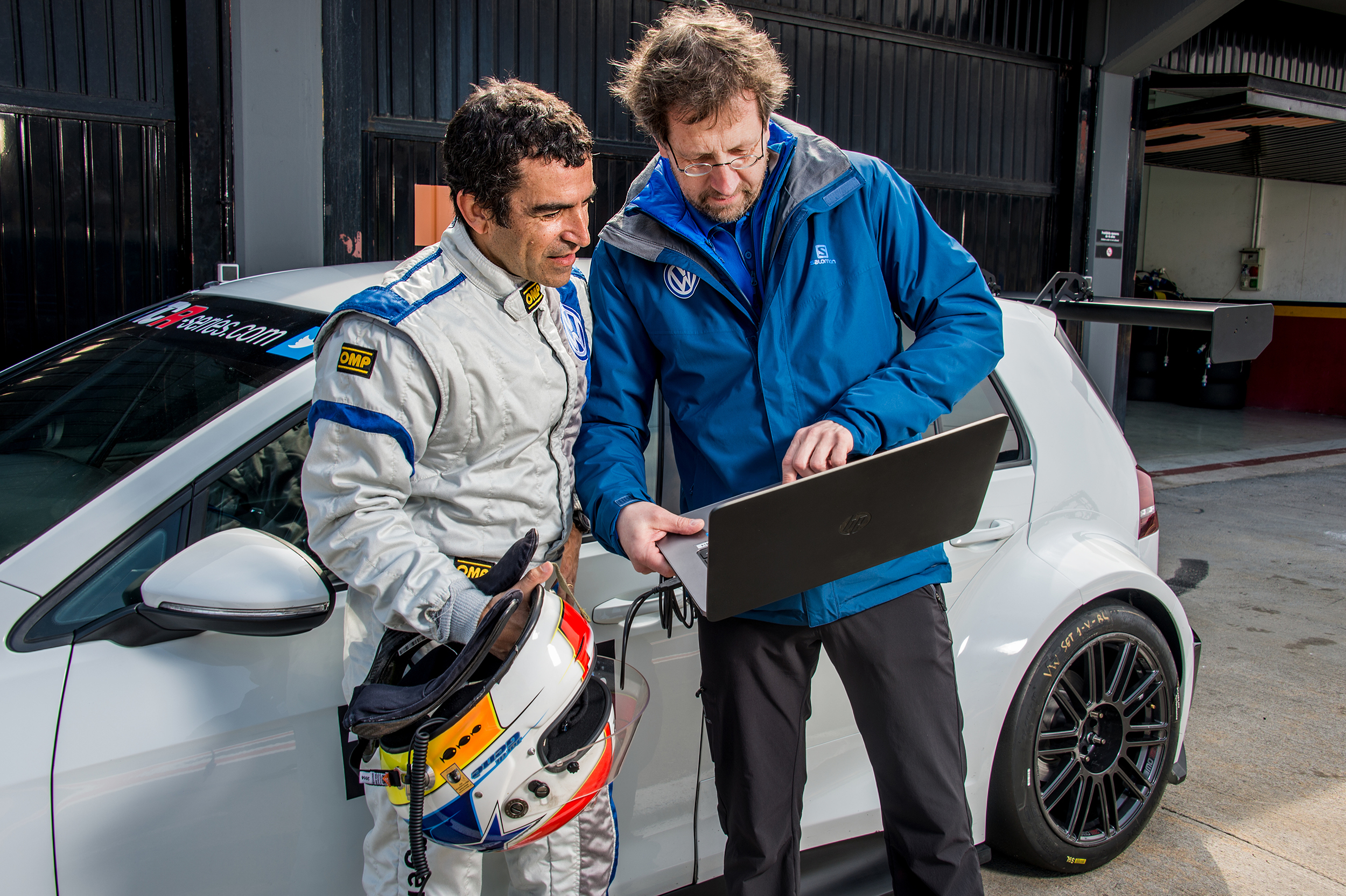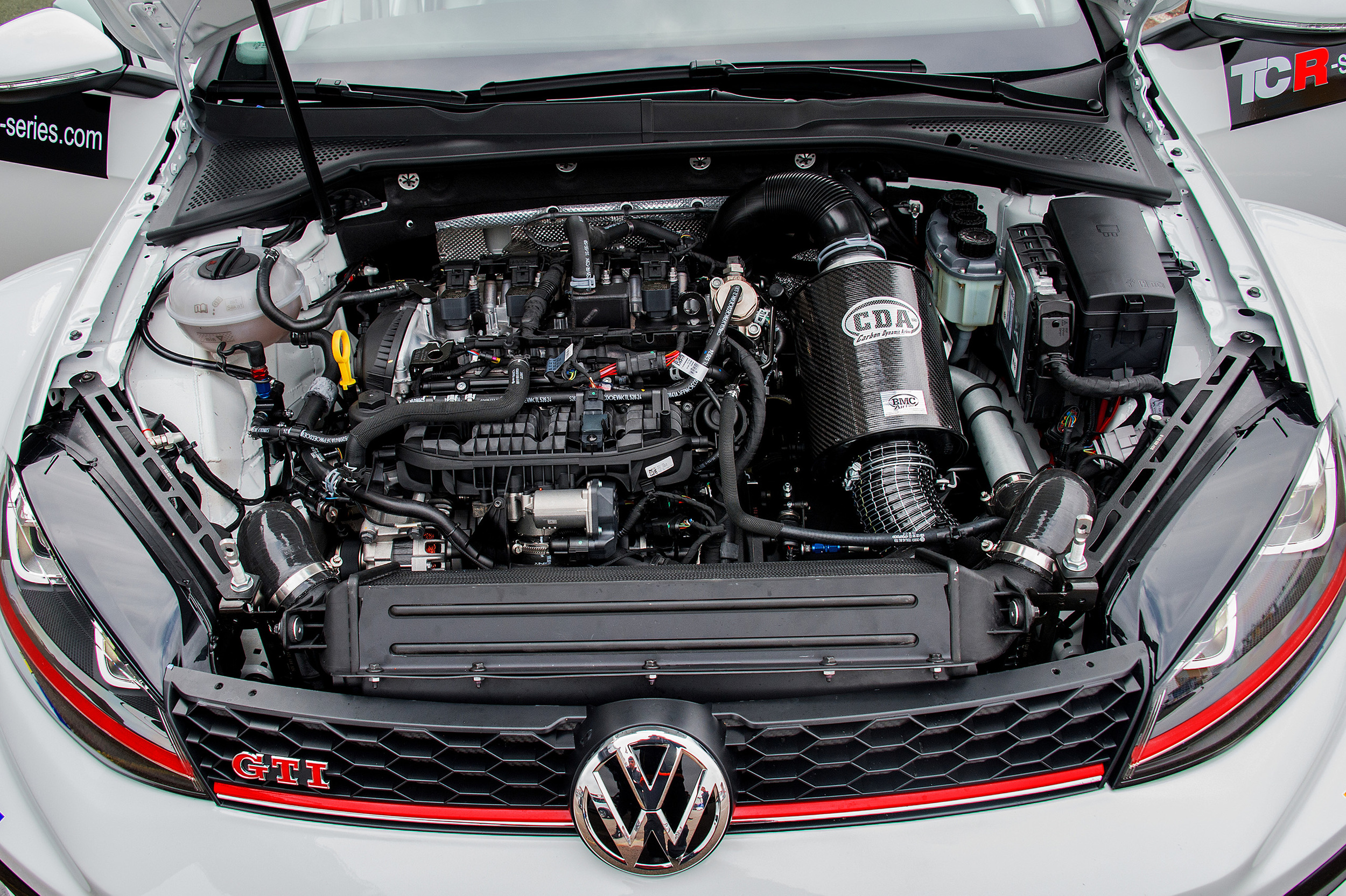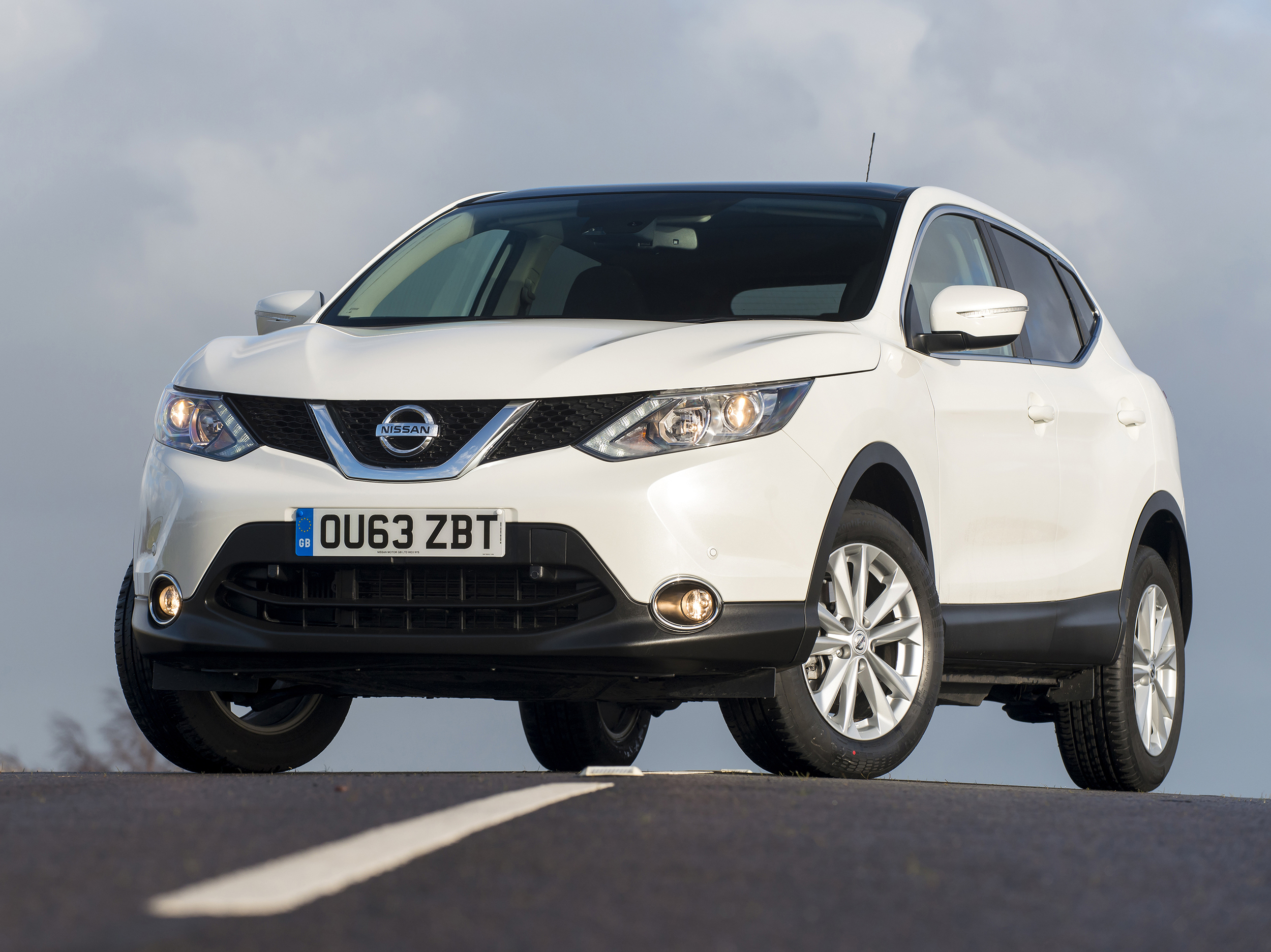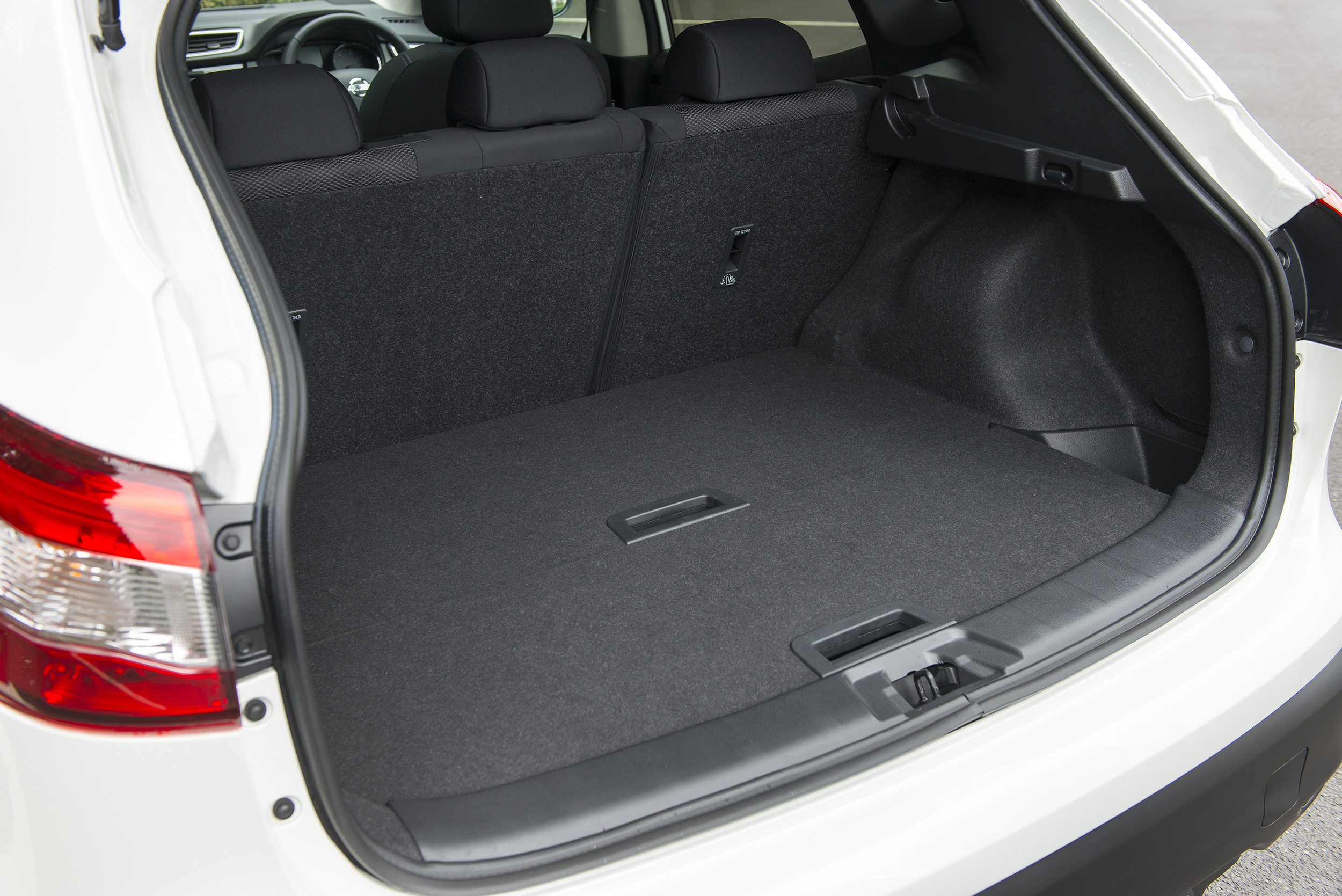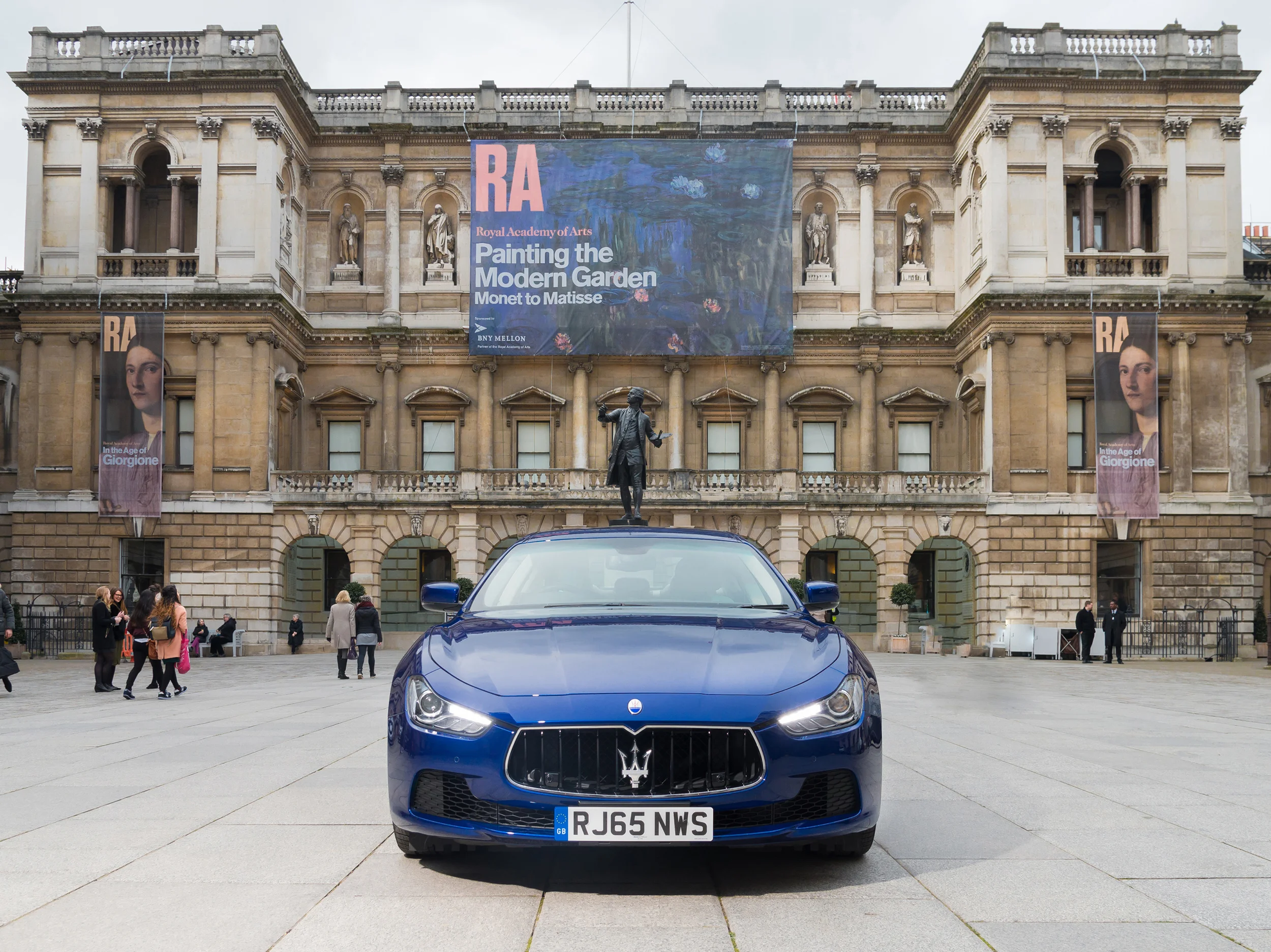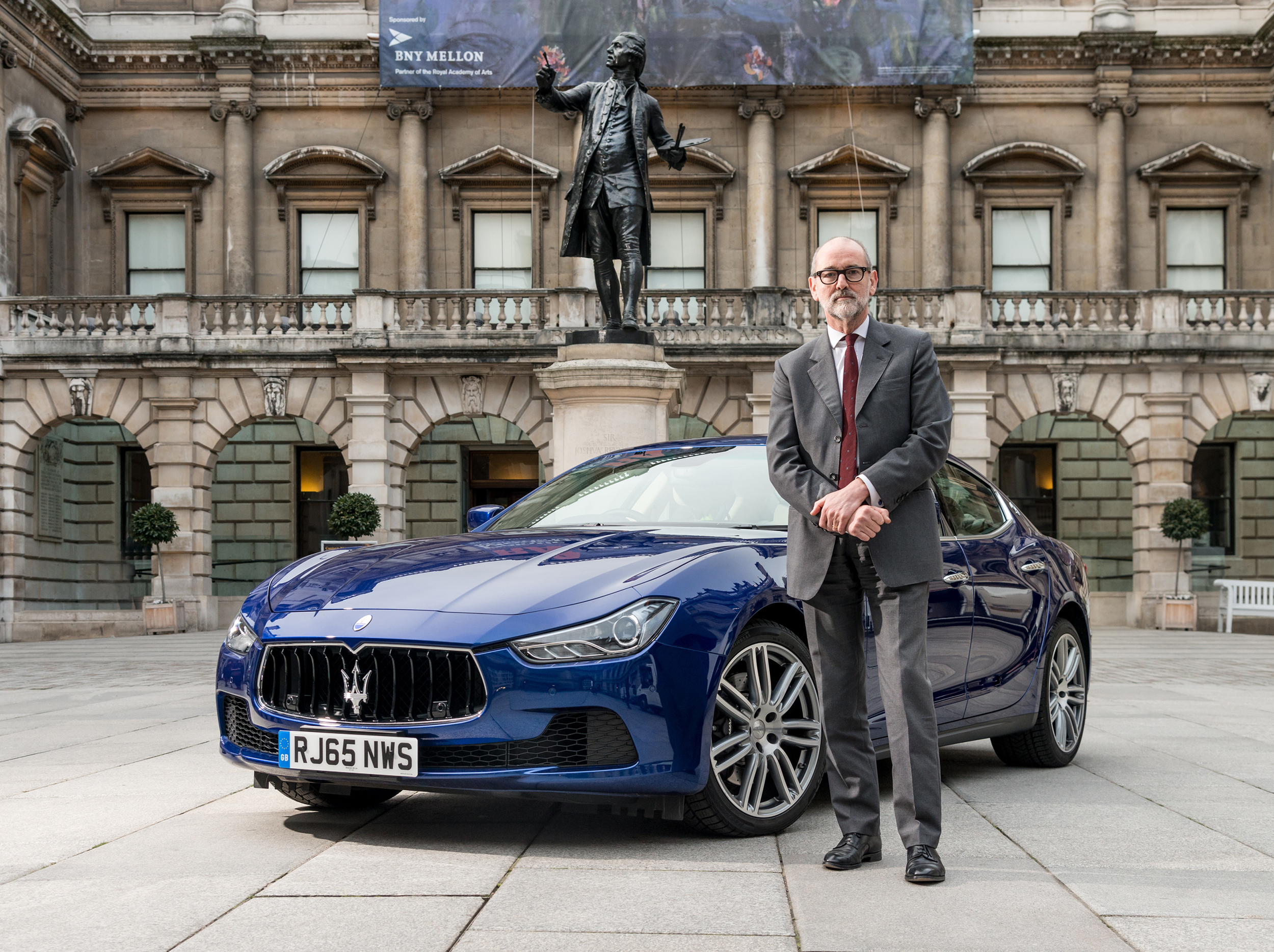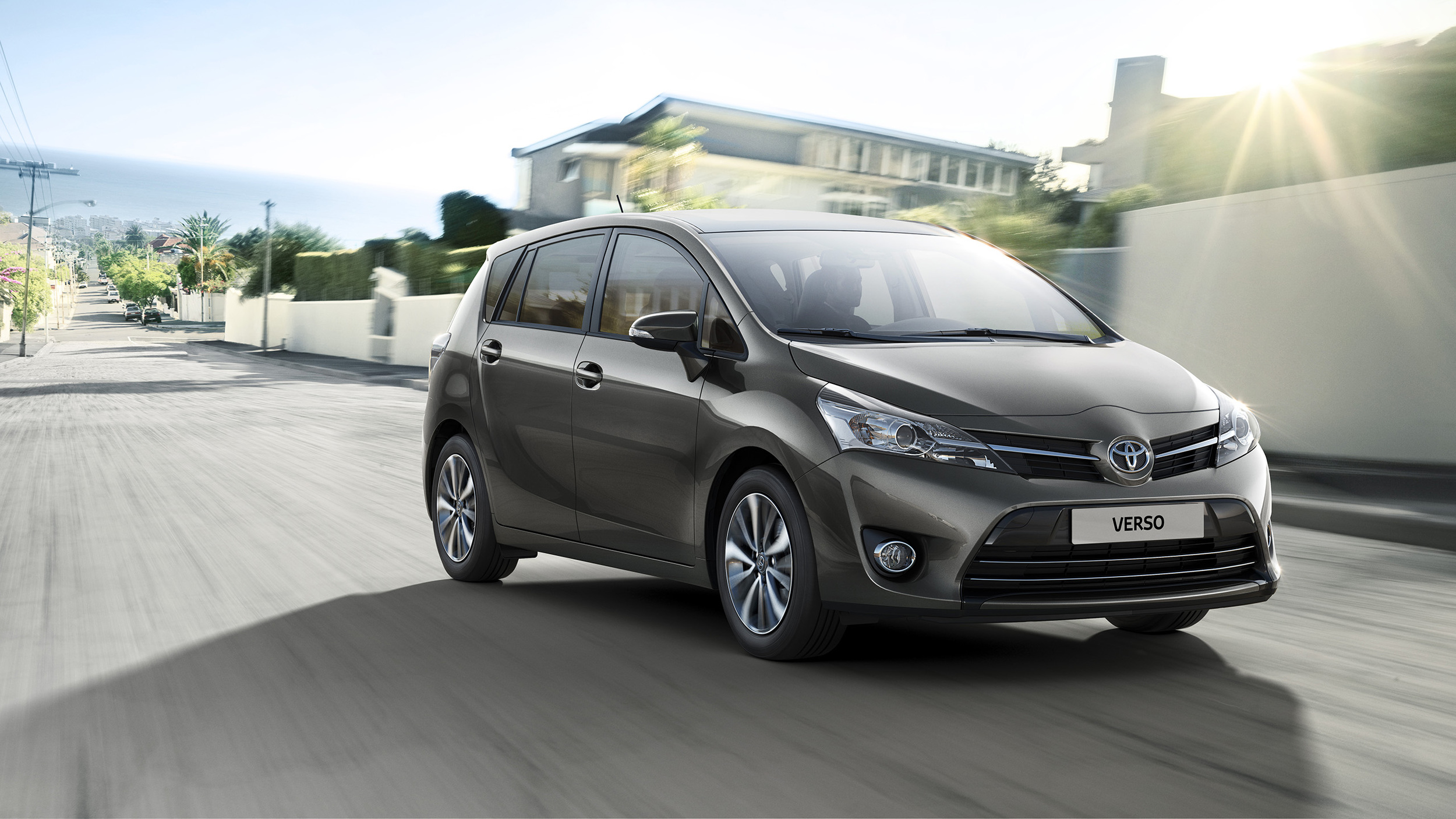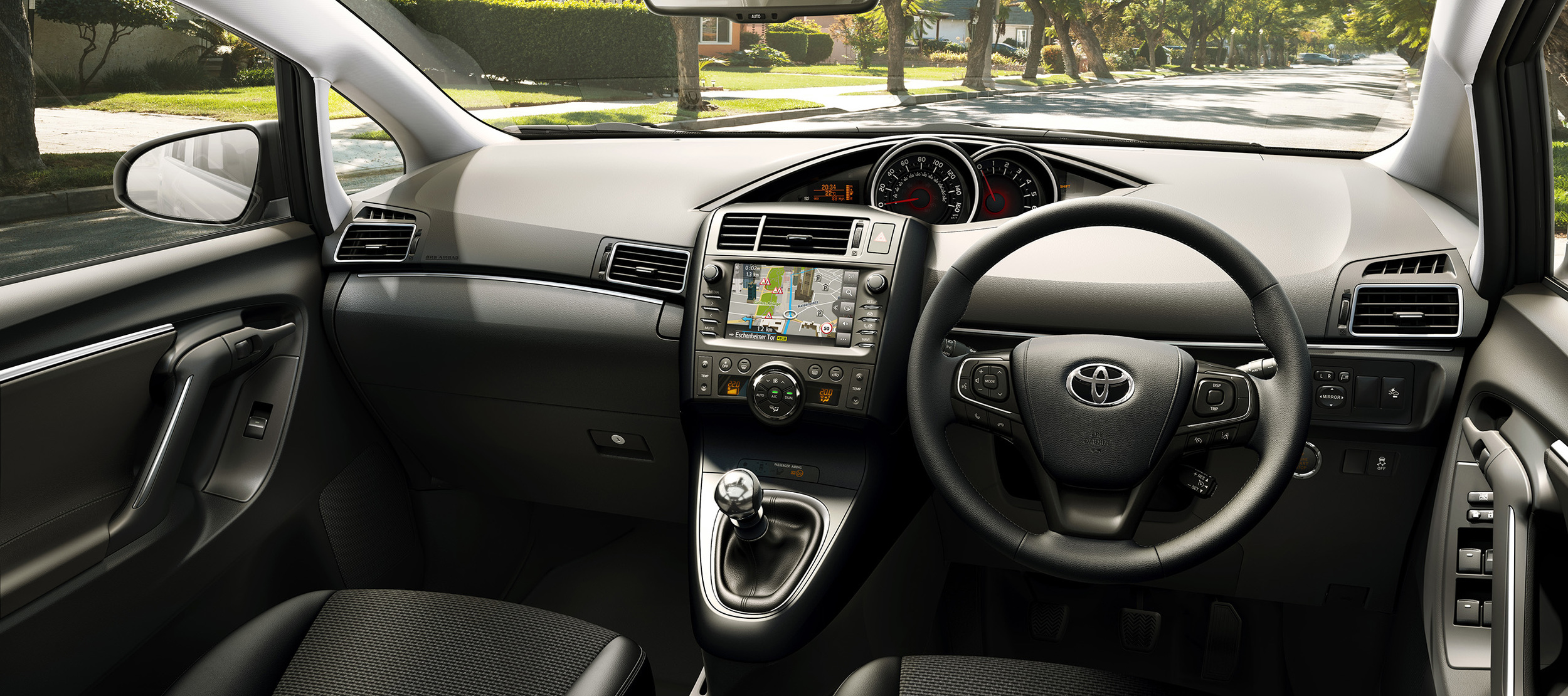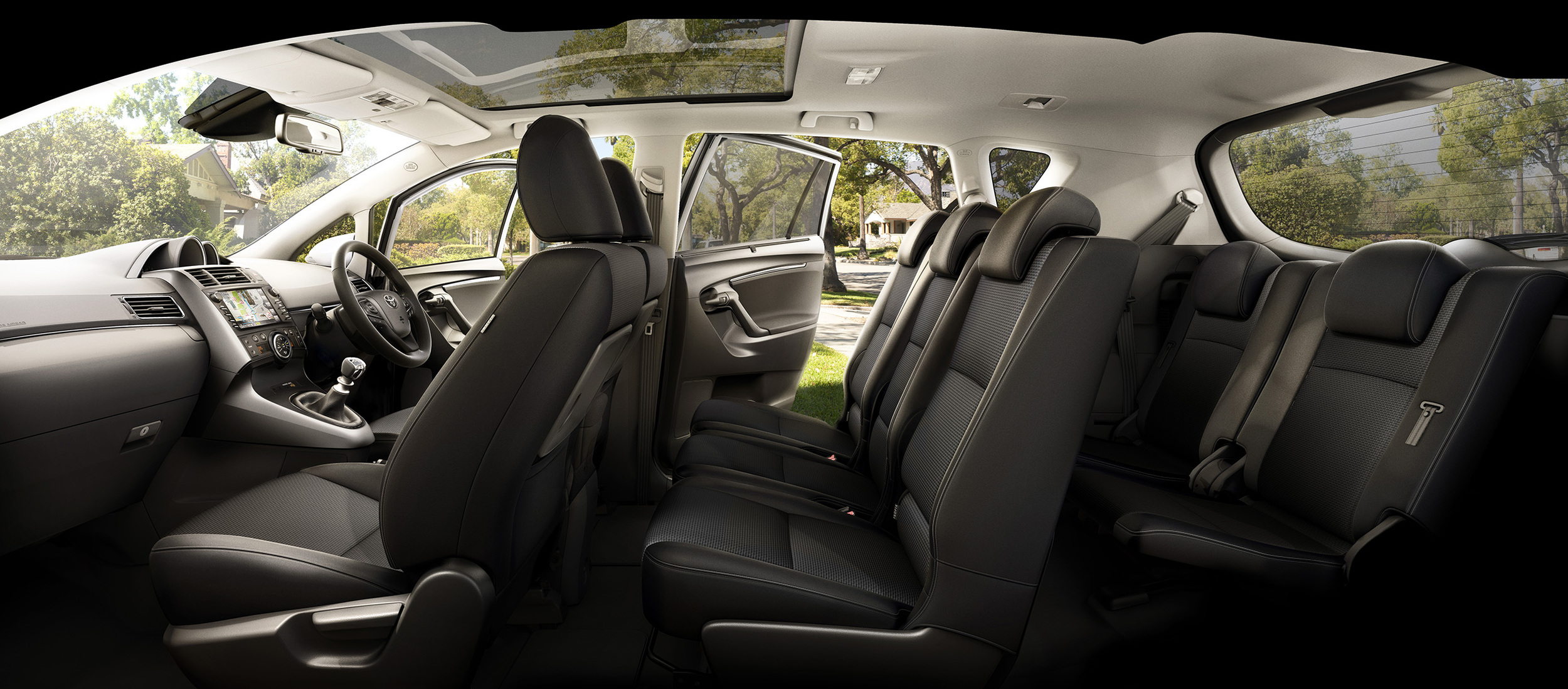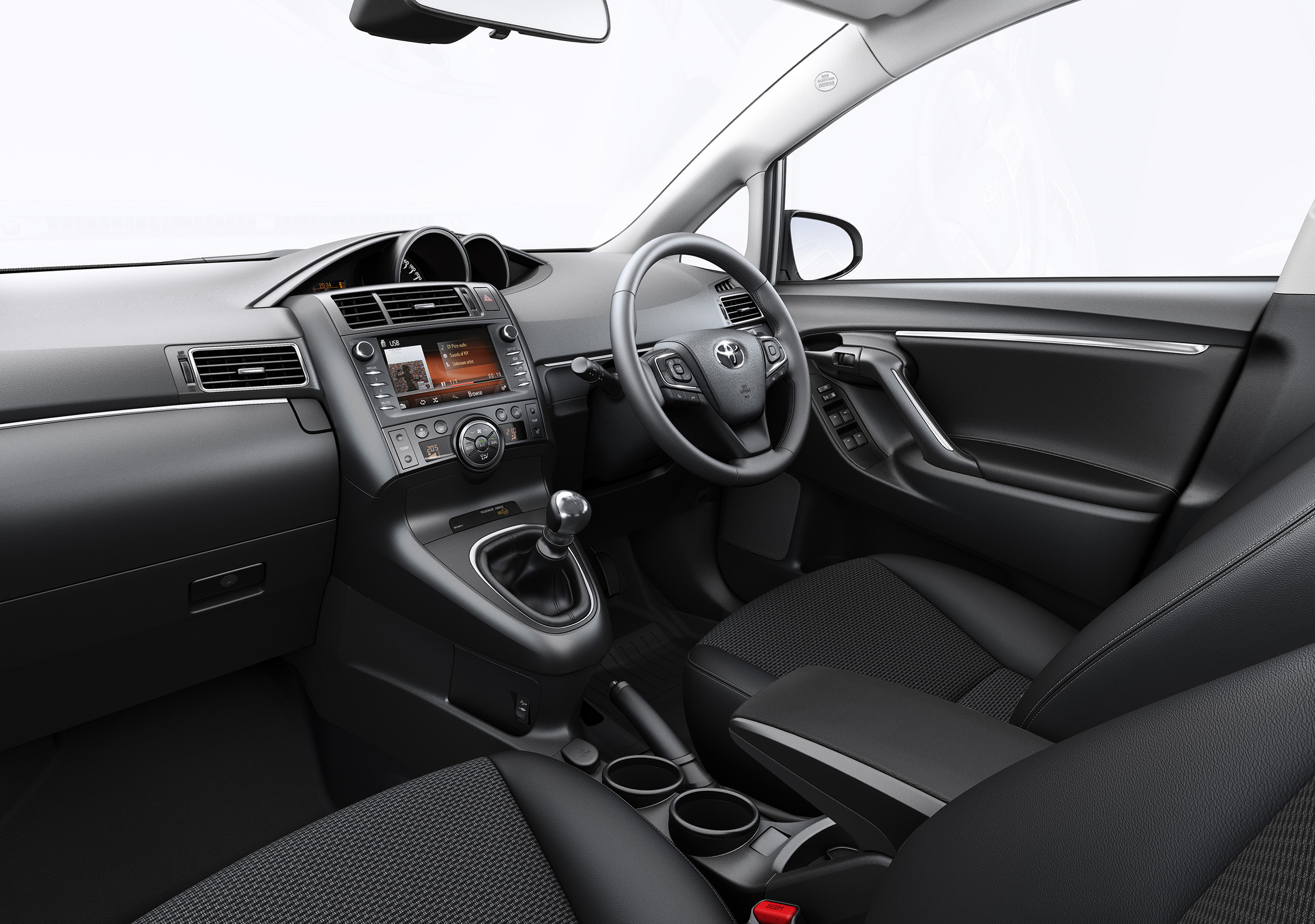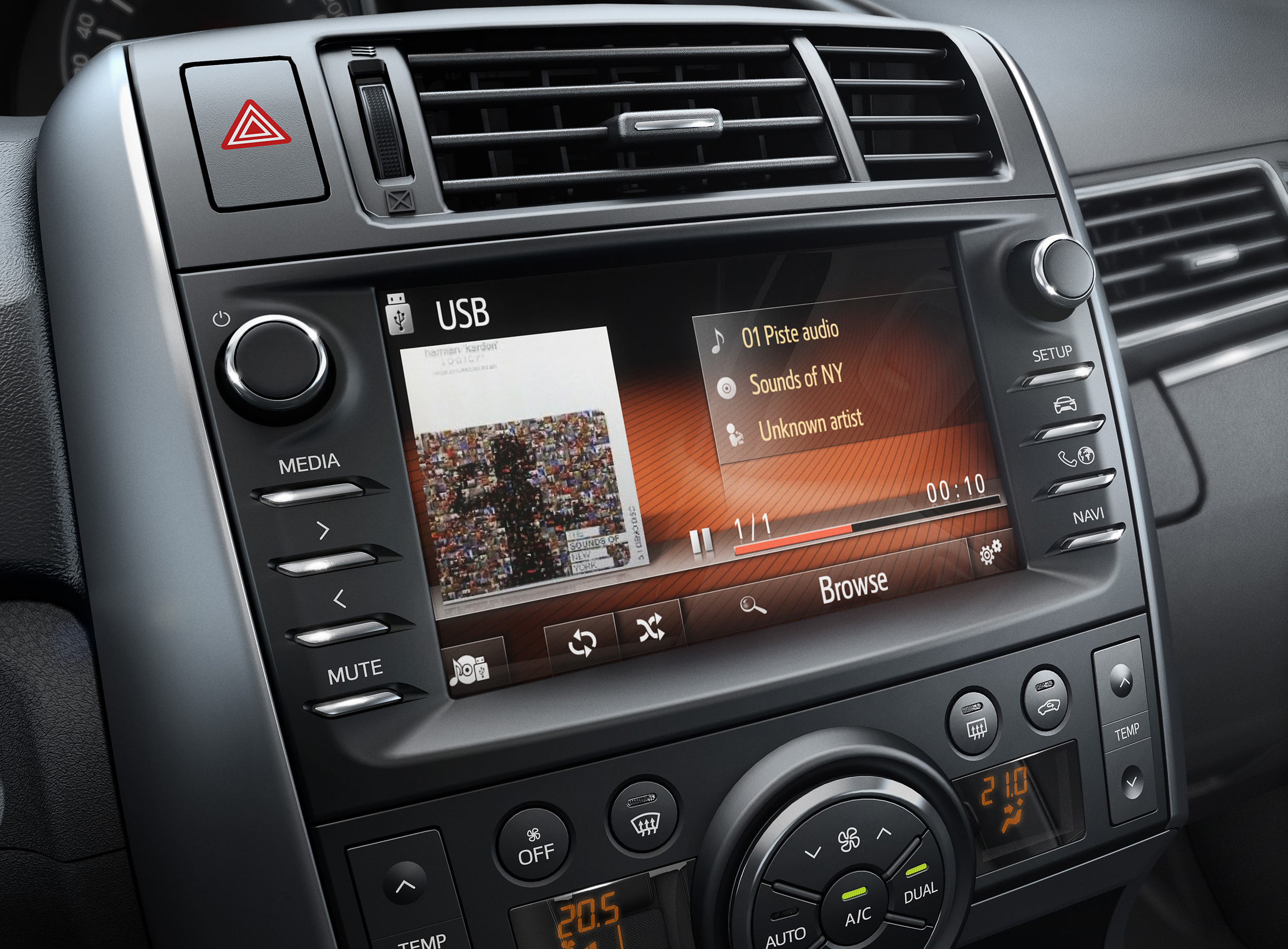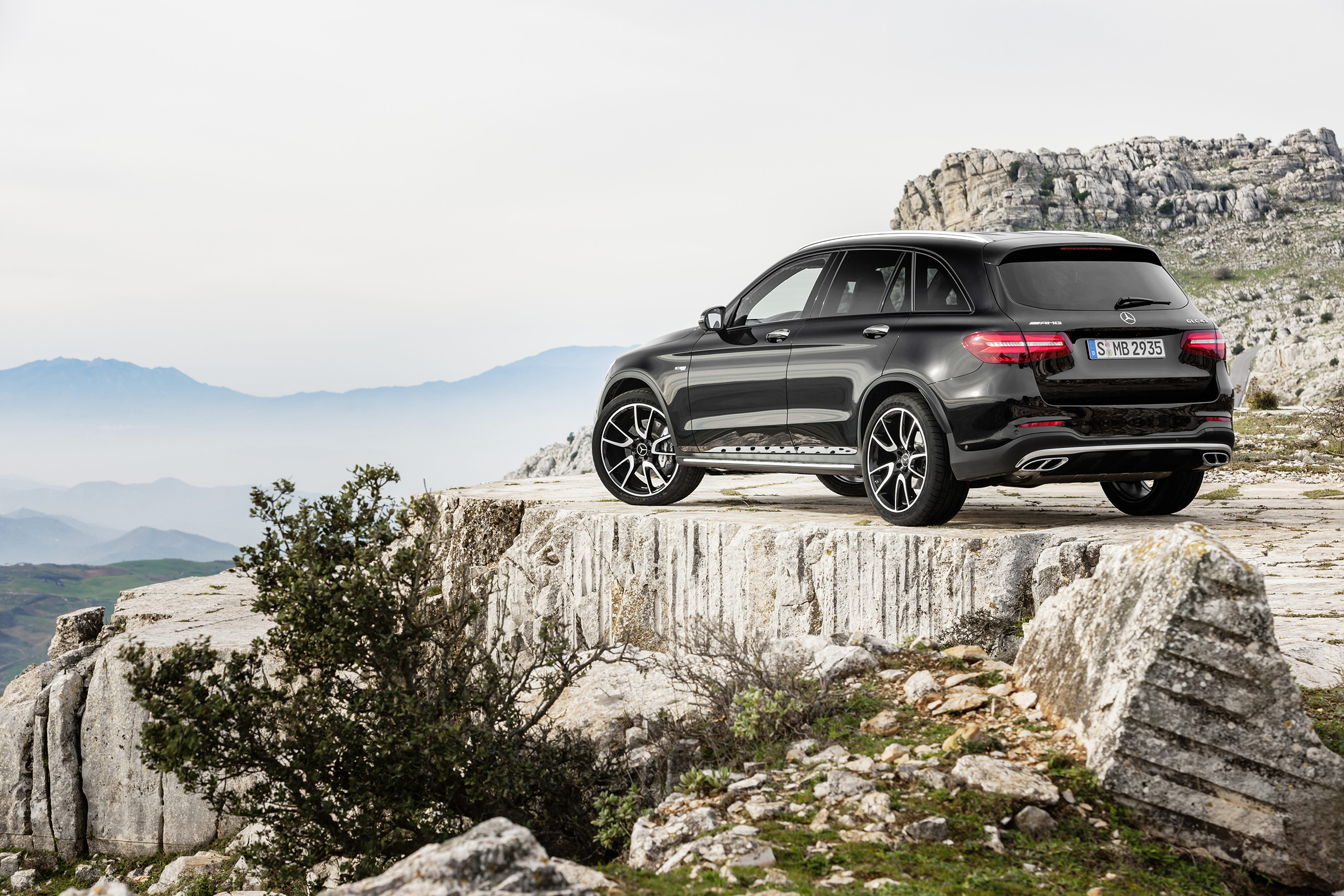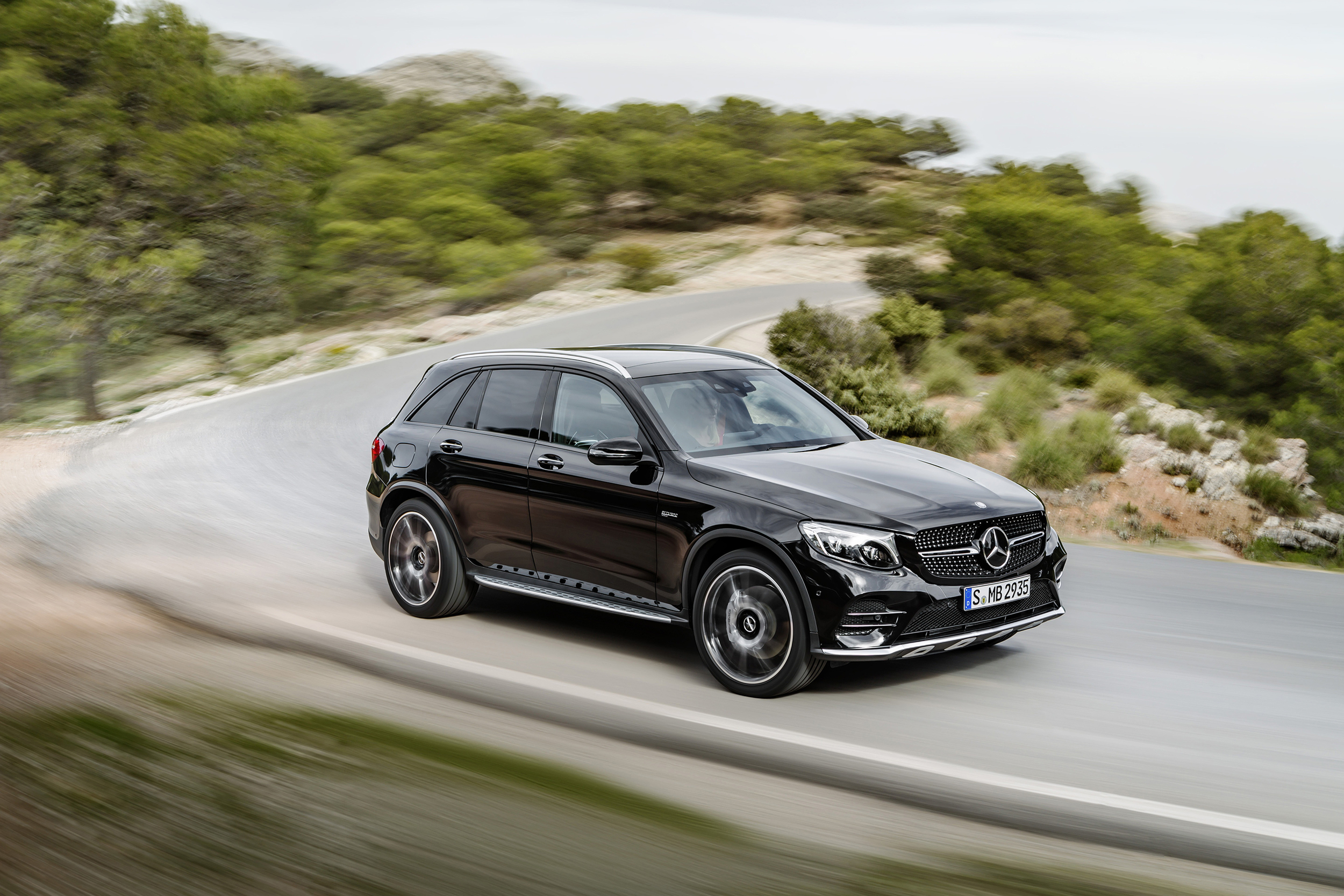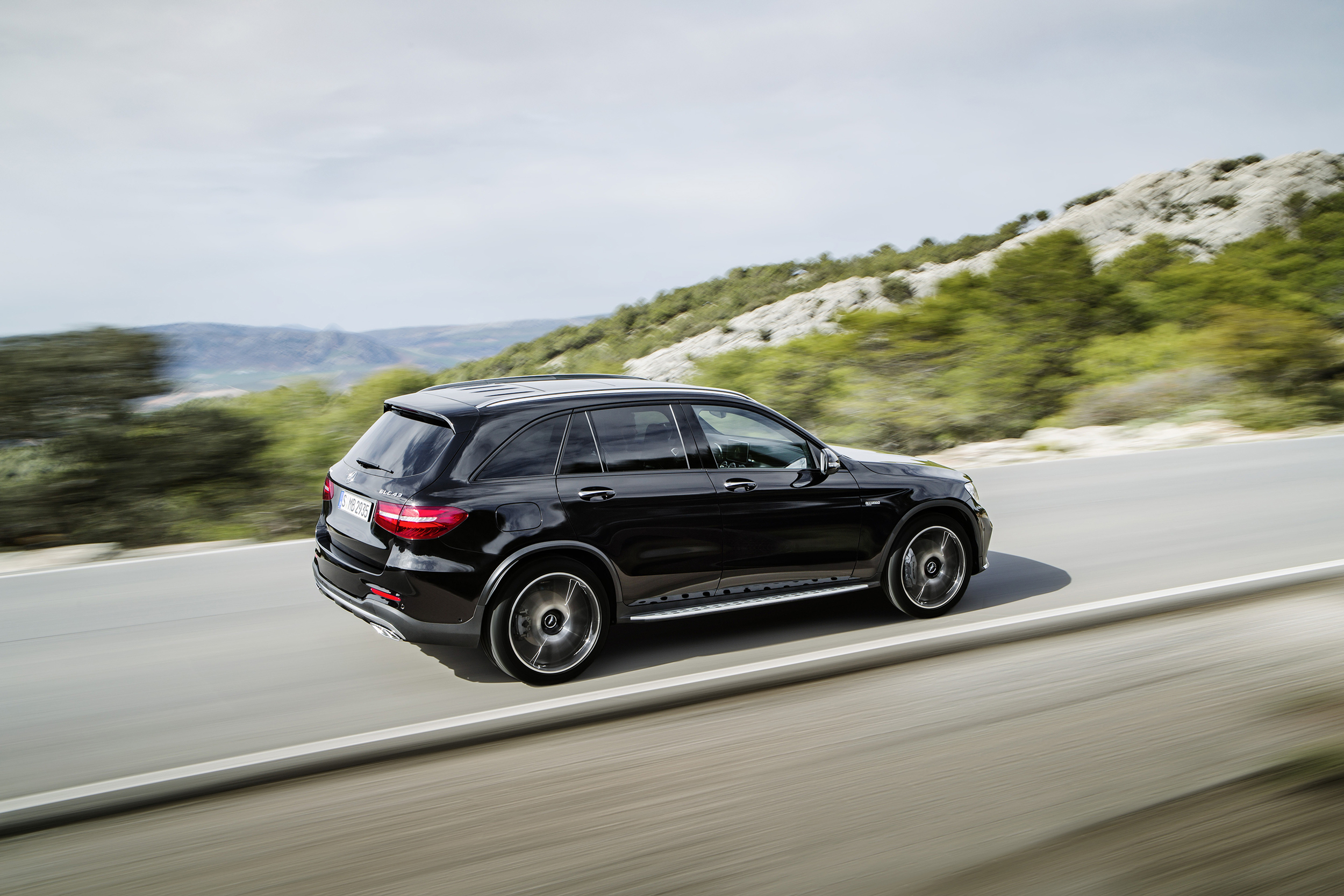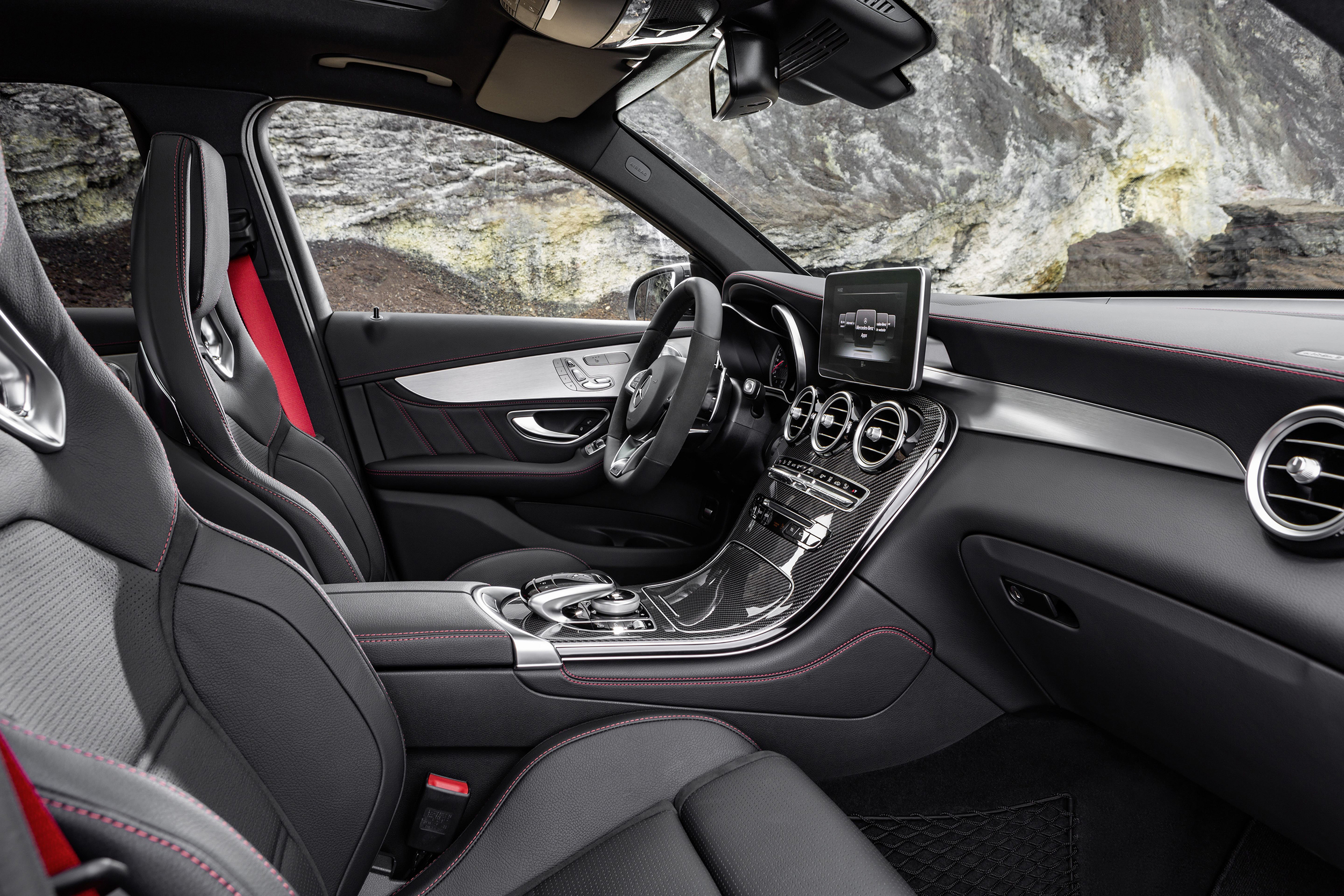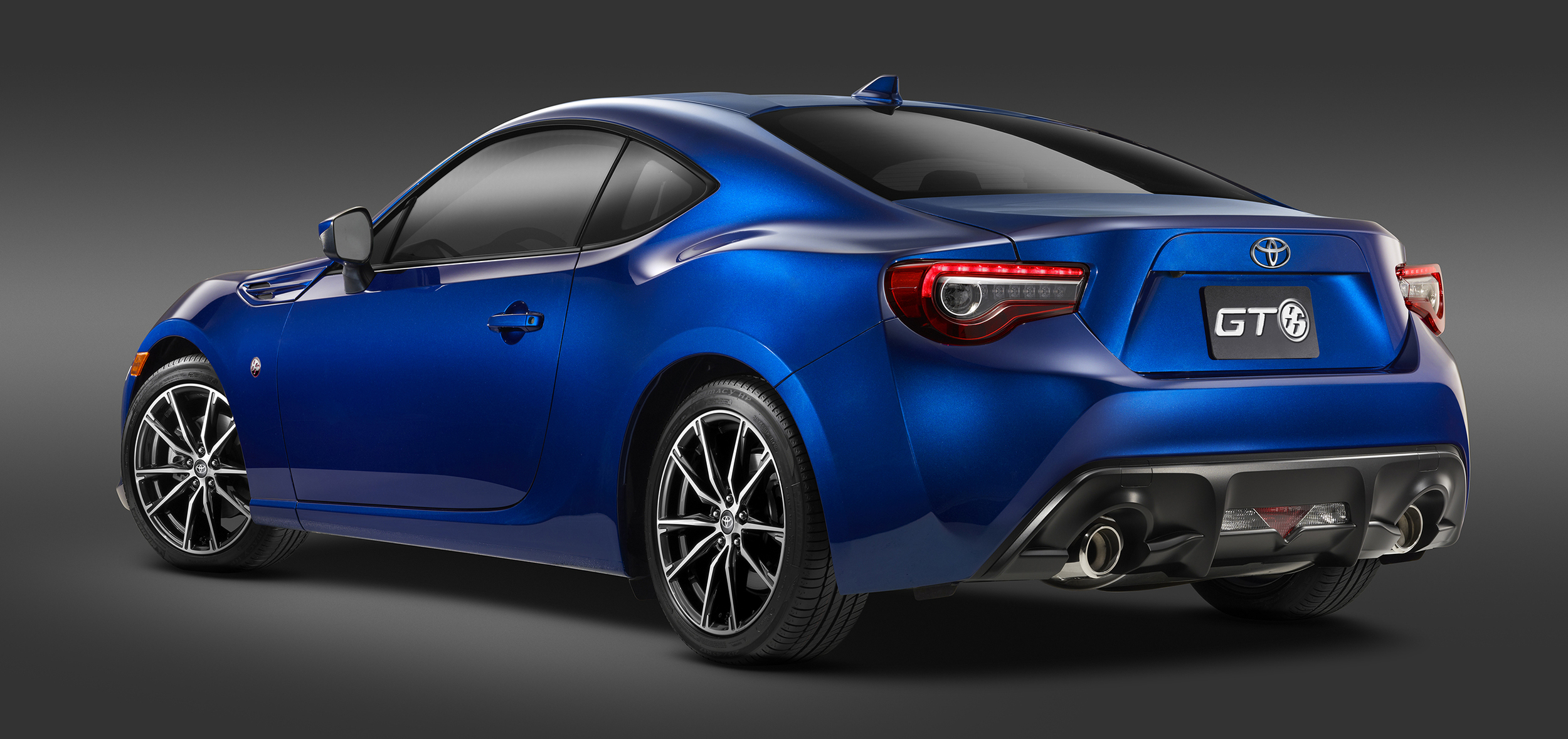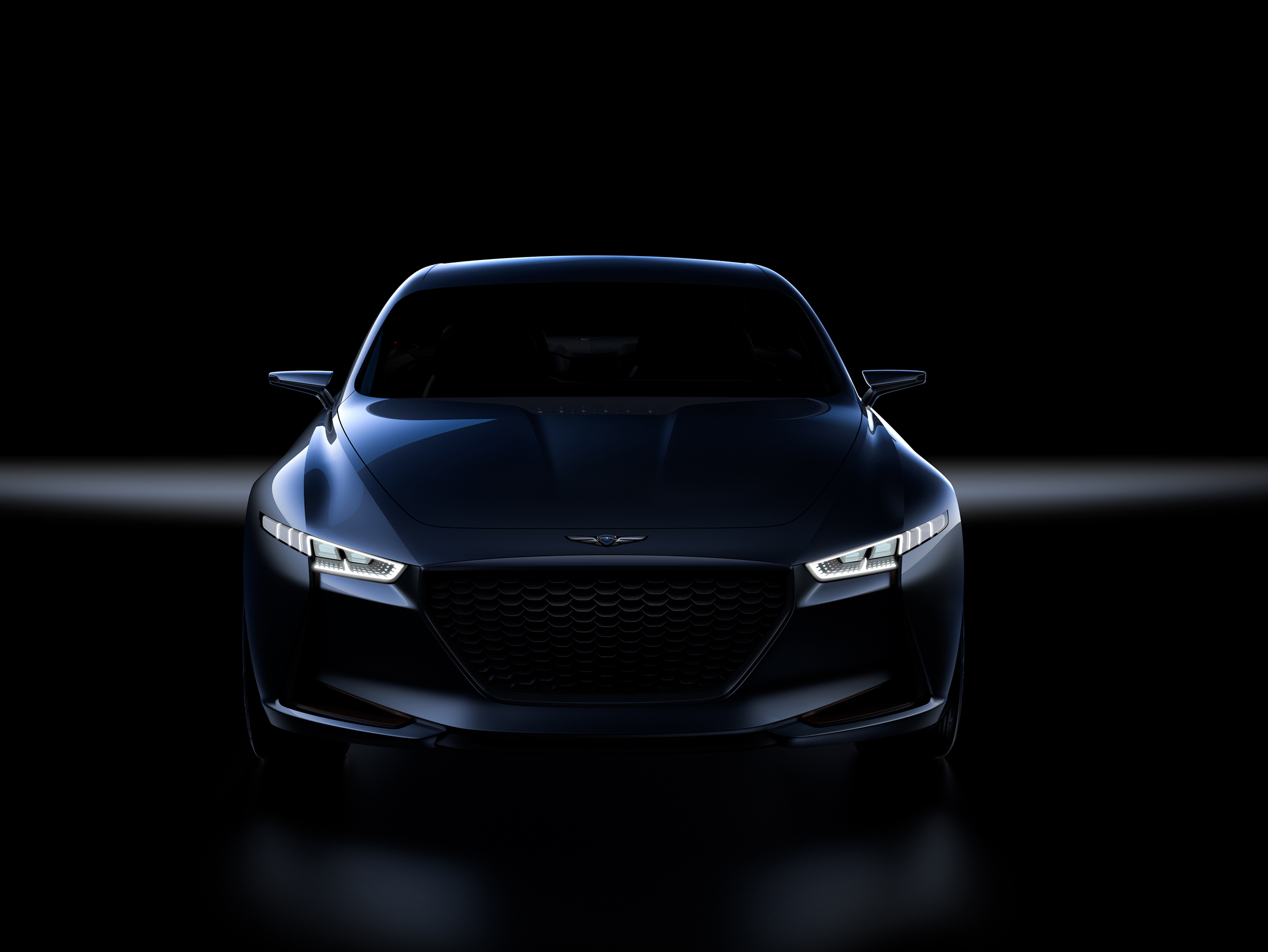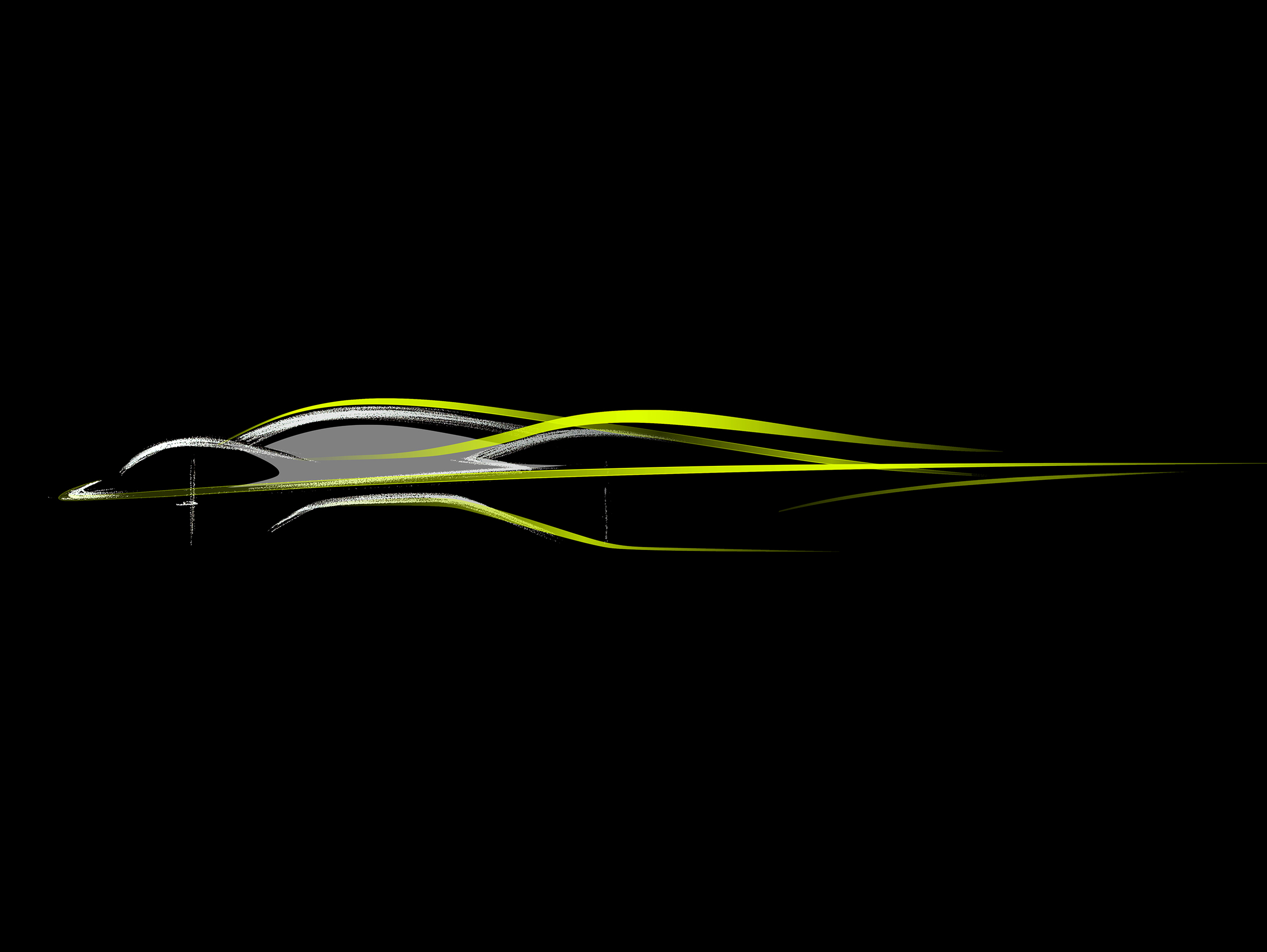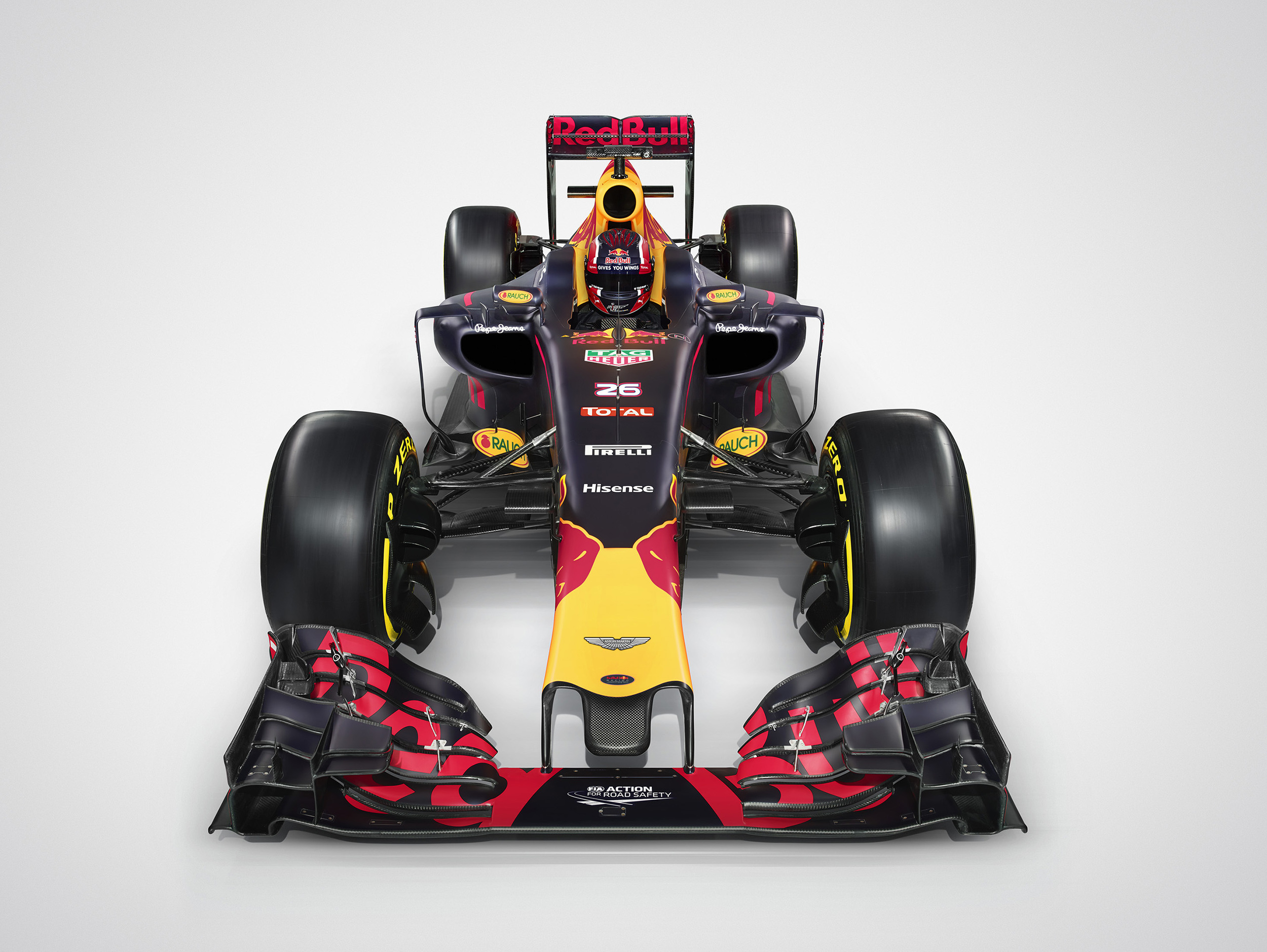The second generation of the Toyota Prius Plug-in Hybrid has debuted at the 2016 New York International Auto Show.
Offering improvements in its EV performance, in terms of driving range, power and maximum speed, the new model builds on the strengths of the latest generation Prius, introduced earlier this year.
The new Prius Plug-in’s Hybrid Synergy Drive powertrain features a larger, 8.8kW/h lithium-ion battery pack, increasing its driving range in EV mode as well as the potential driving range from a tank of fuel. Fuel consumption shows a marked improvement compared to its predecessor, with an estimated average figure of 202mpg, the best rating for any current plug-in hybrid on the market, says Toyota, producing a CO2 figure of just 32g/km.
Even when not running in EV mode, the Prius Plug-in will automatically favour its all-electric drive capability in situations where this can deliver higher efficiency than the petrol engine, most notably when driving around town and on shorter journeys.
The new plug-in hybrid system further minimises use of the petrol engine, even when accelerating quickly or using the cabin heater, with the adoption of a new battery-powered heating system that improves efficiency in cold weather, and the world’s first heat pump air conditioning system with gas injection.
As a result of these advanced technologies, the new car can be driven at speeds up to 84mph while still in EV mode. The potential EV driving range is more than 30 miles, around twice that of its predecessor, and charging the battery should take around two hours and 20 minutes.
The hybrid system’s 1.8-litre Atkinson cycle VVT-i engine also plays an important role in its overall efficiency. Its large-volume exhaust gas recirculation system, improved combustion efficiency and innovative measures to manage heat and reduce friction have improved its thermal efficiency to 40 per cent, a world-best figure for a mass-produced petrol engine.
The Prius styling presents a ‘chiselled profile and edgy character lines’ according to Toyota, and has a more ‘road-hugging’ look and a lower centre of gravity. Compared to the current model, it is 165mm longer, 15mm wider and sits 20mm lower to ground.
The car’s 0.24 drag coefficient (Cd) is expected to be among the lowest of any production saloon, achieved with a number of advanced design features such as the “double bubble” tailgate glass and a grille shutter which automatically closes when airflow is not needed to cool the radiator.
Weight has been kept to a minimum through extensive use of high-tensile steel in the bodyshell, aluminium for the bonnet and, in a first for a mass-produced car, a carbon fibre reinforced plastic (CFRP) tailgate. Its status as an individual model within the Prius range is confirmed by a unique lighting signature, created with four-lamp LED projector headlights and LED tail lamps.
The interior features a four-seat layout, built around a full-length centre console. The instrument cluster has dual 4.2-inch full colour TFT screens while the centre cluster has a floating design and an eight-inch touchscreen for easy operation of audio and navigation functions, including flick actions to scroll through the different displays.
A sound-insulating laminated windscreen and front door glazing creates, says Toyota, an ‘exceptionally quiet’ cabin environment, aided and abetted by a quieter S-Flow automatic air conditioning system which has been made smaller and lighter and uses less power.
The Prius Plug-in will be offered with Toyota Safety Sense, equipping it with integrated active safety and driver assistance functions including a Pre-Collision System with Pedestrian Detection and Autonomous Emergency Braking; Lane Departure Alert with Steering Assist; Full-Speed Adaptive Cruise Control with full stop technology; and Automatic High Beam headlight operation. A Blind Spot Monitor and Rear Cross Traffic Alert will also be available.
The new Prius Plug-in will be available in UK showrooms from the end of this year.










